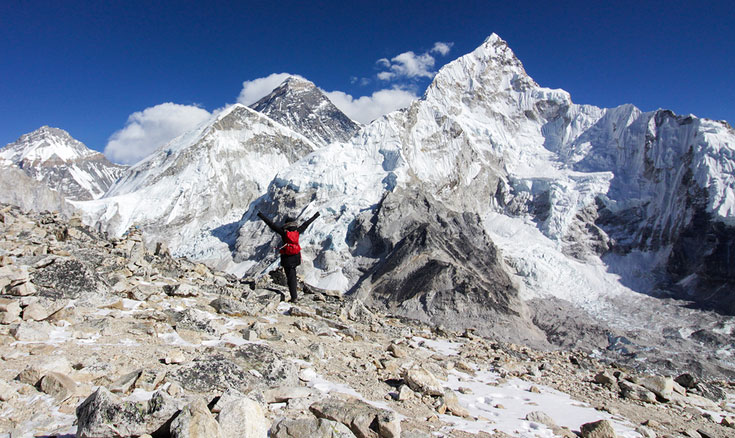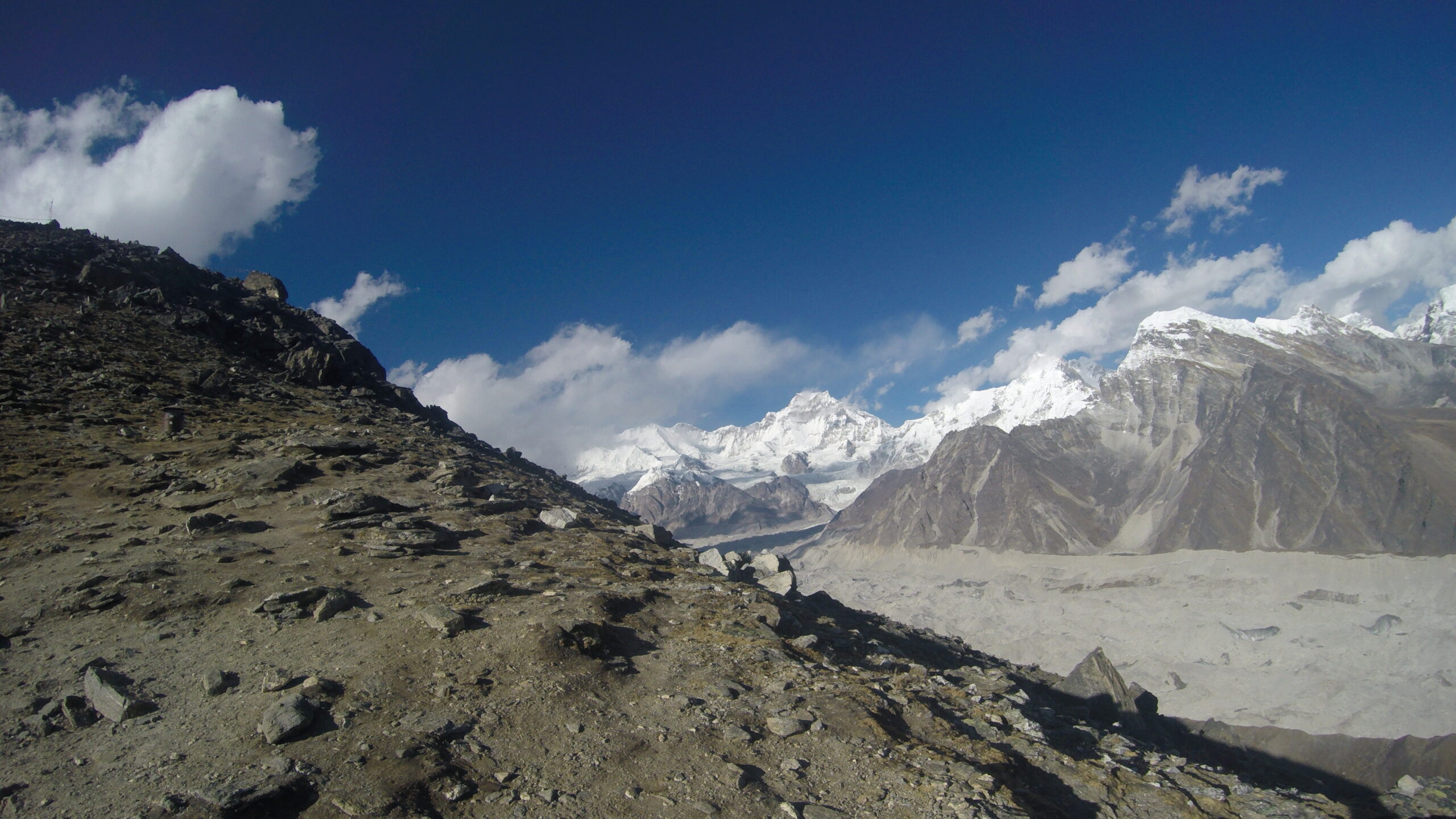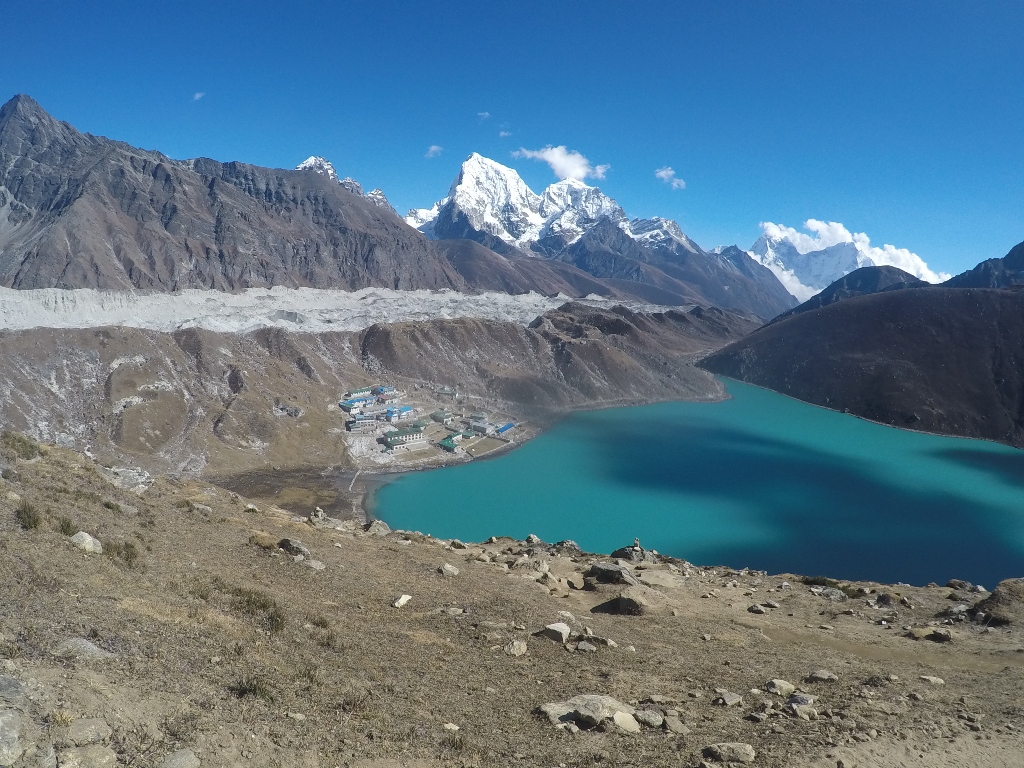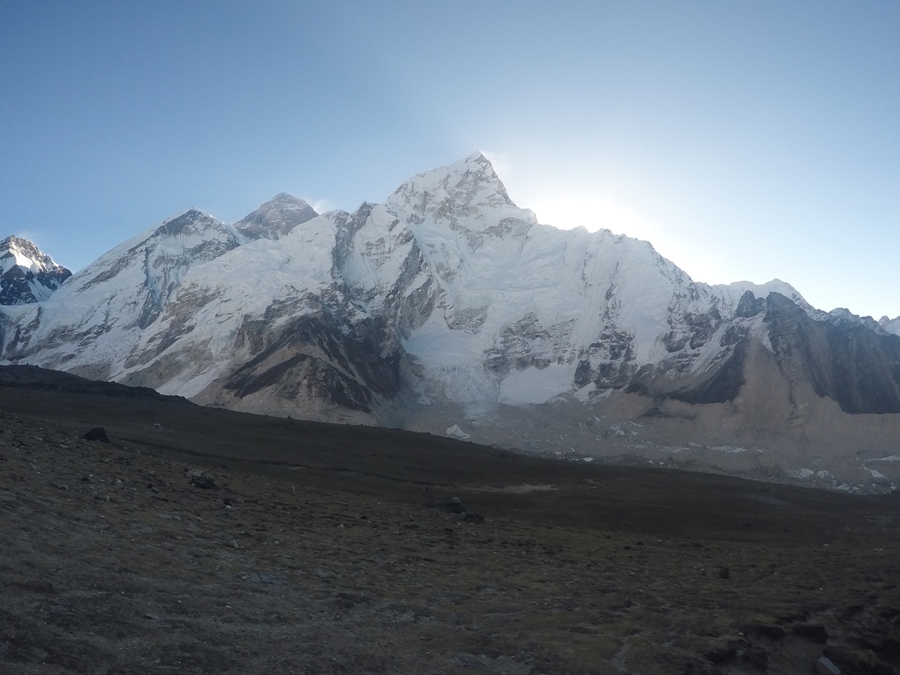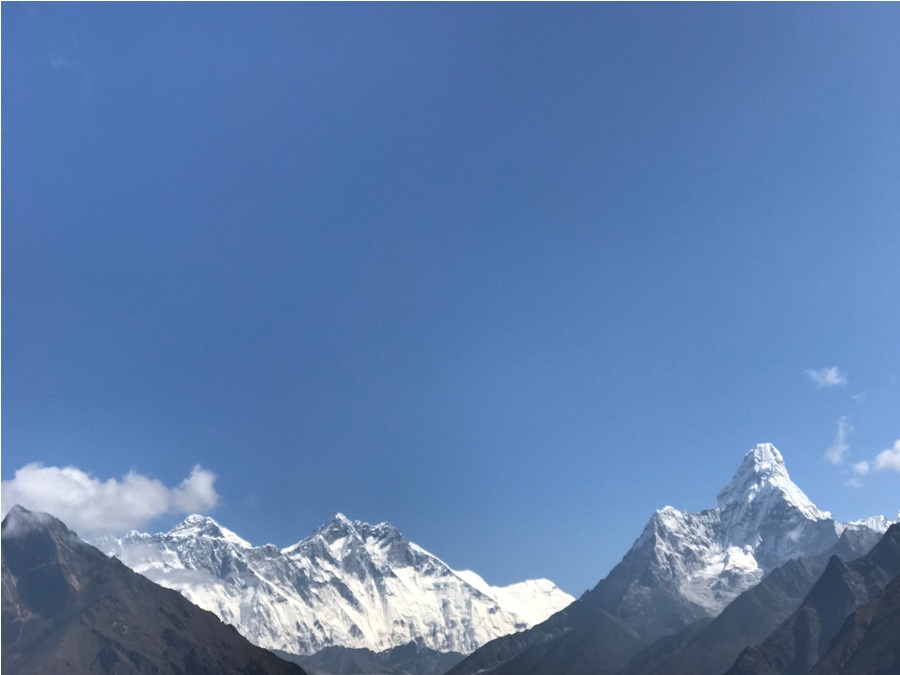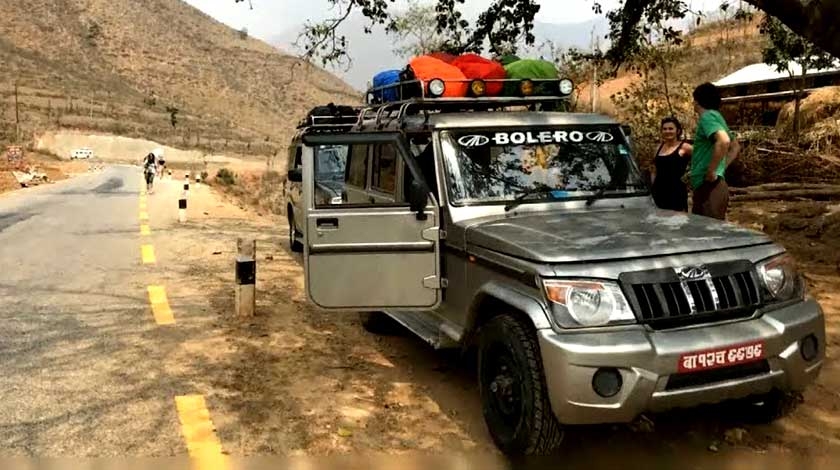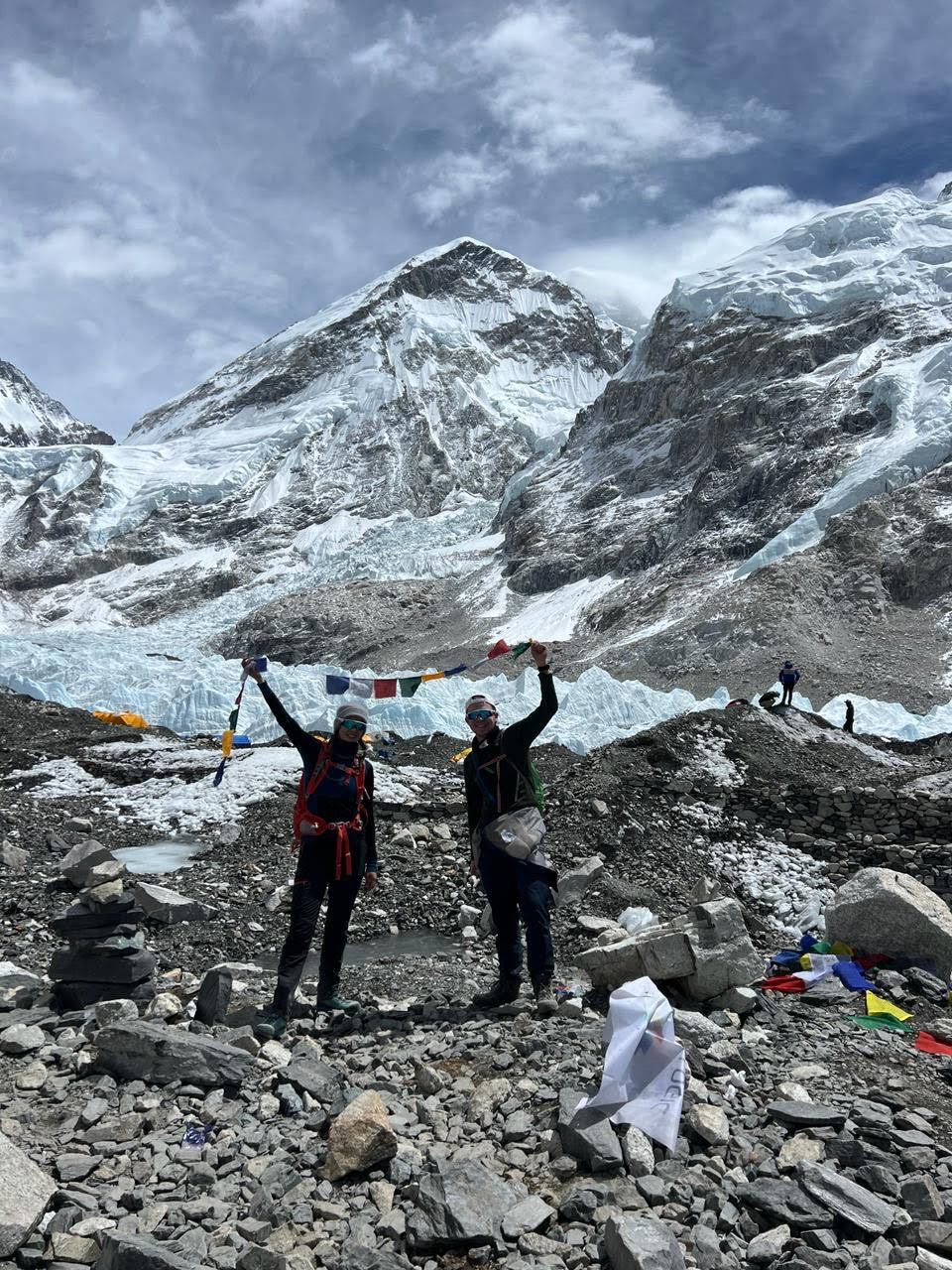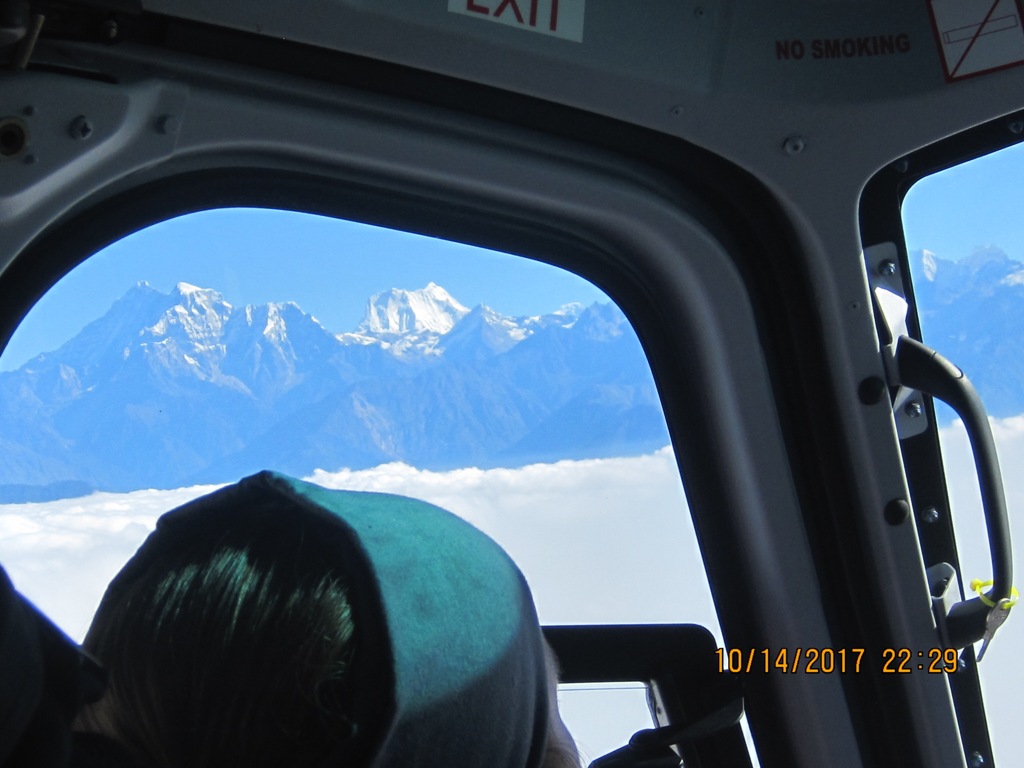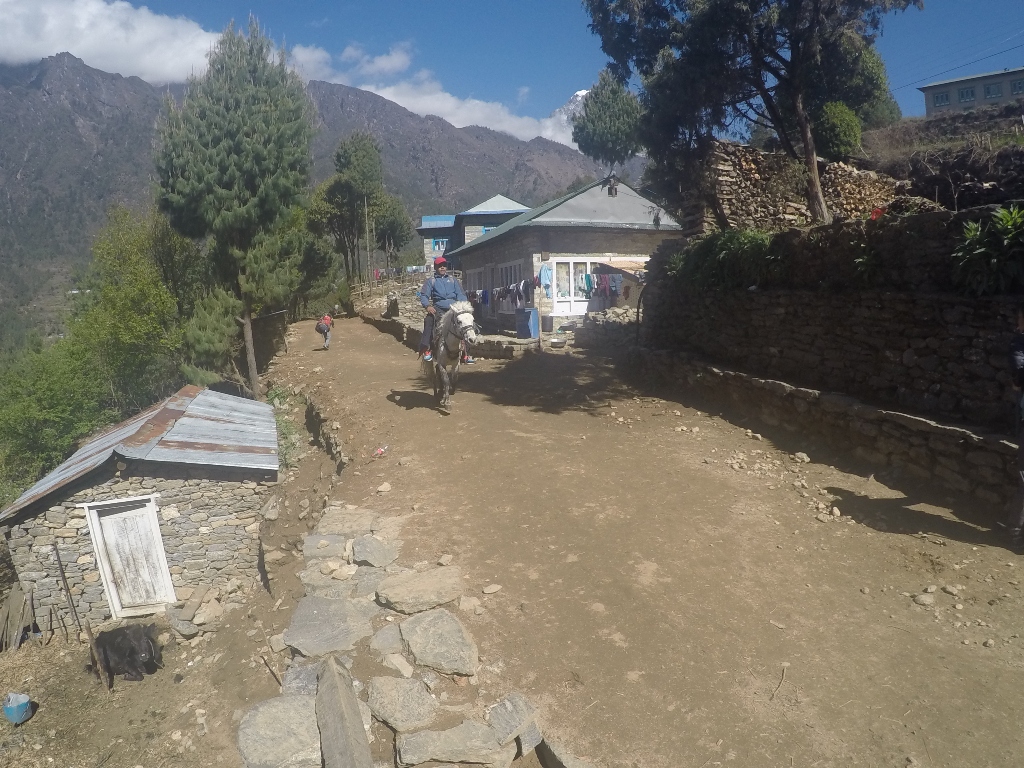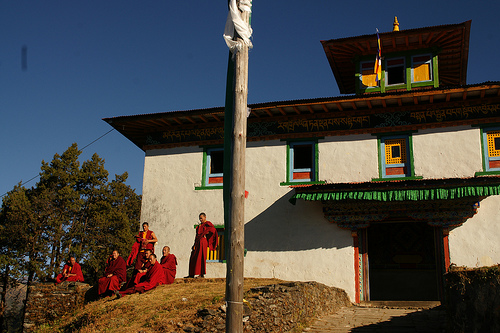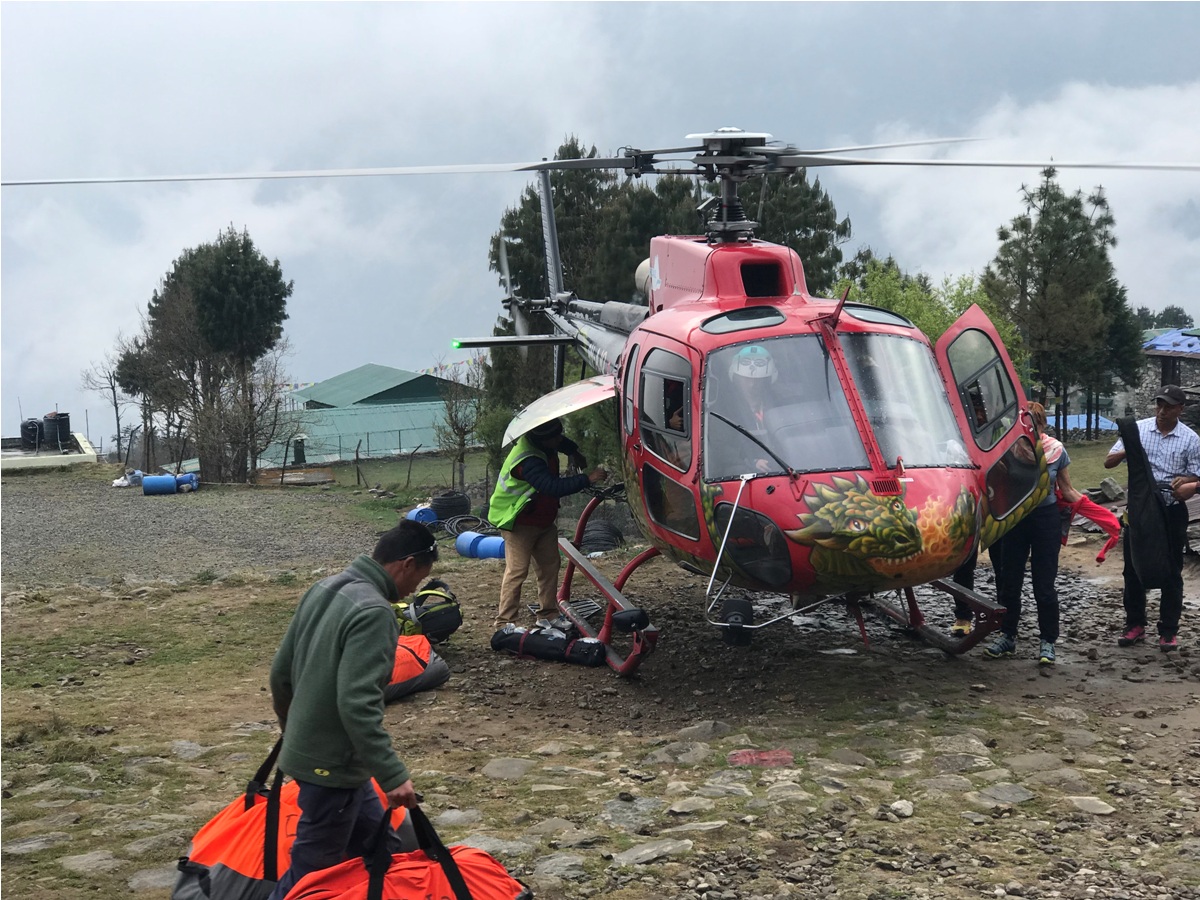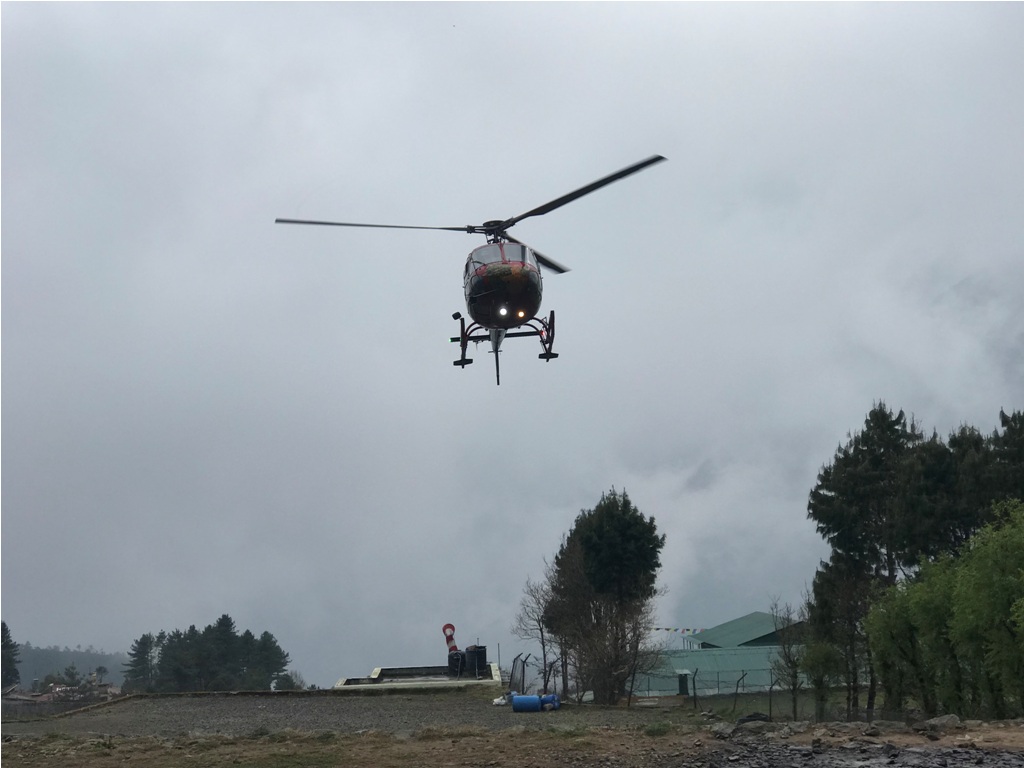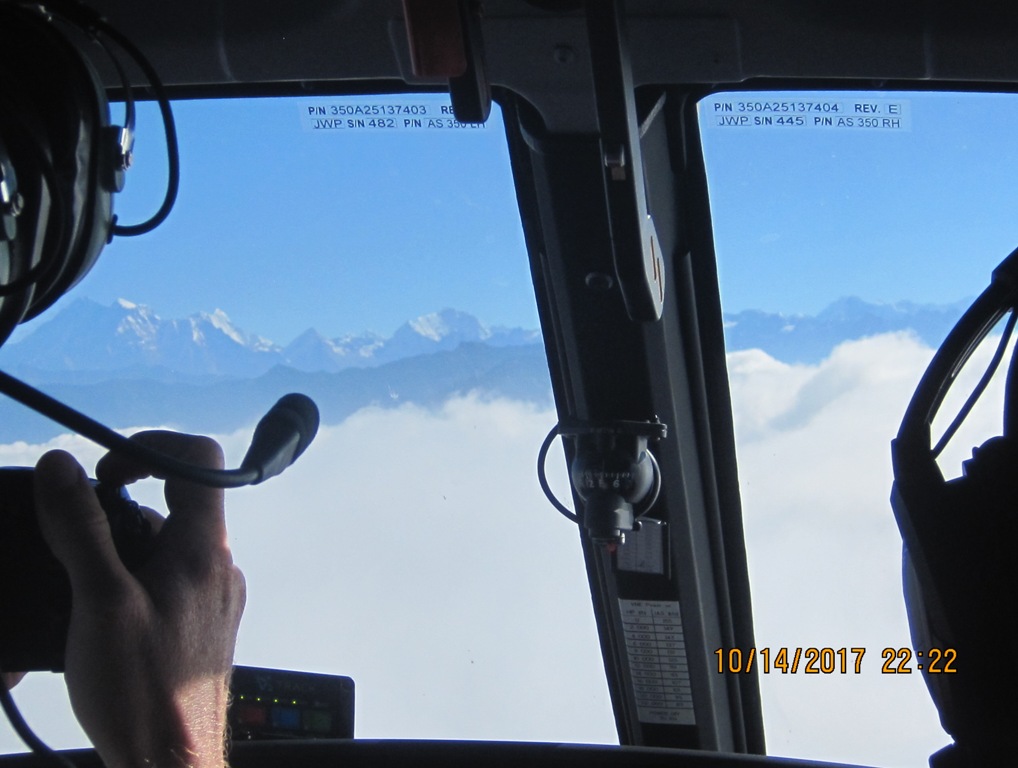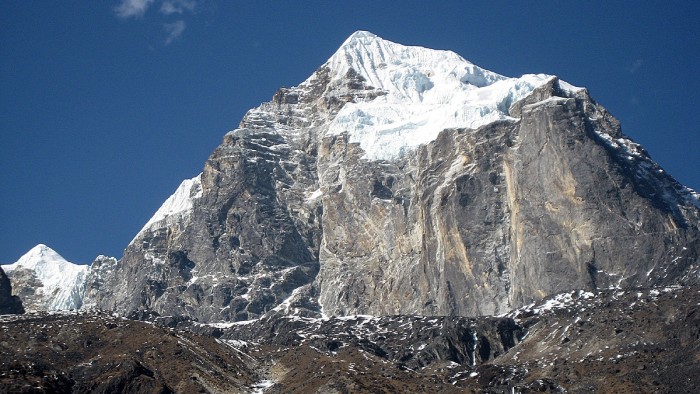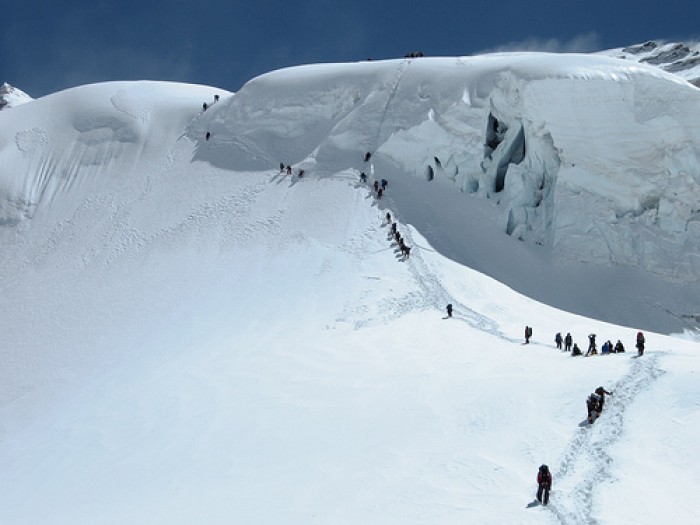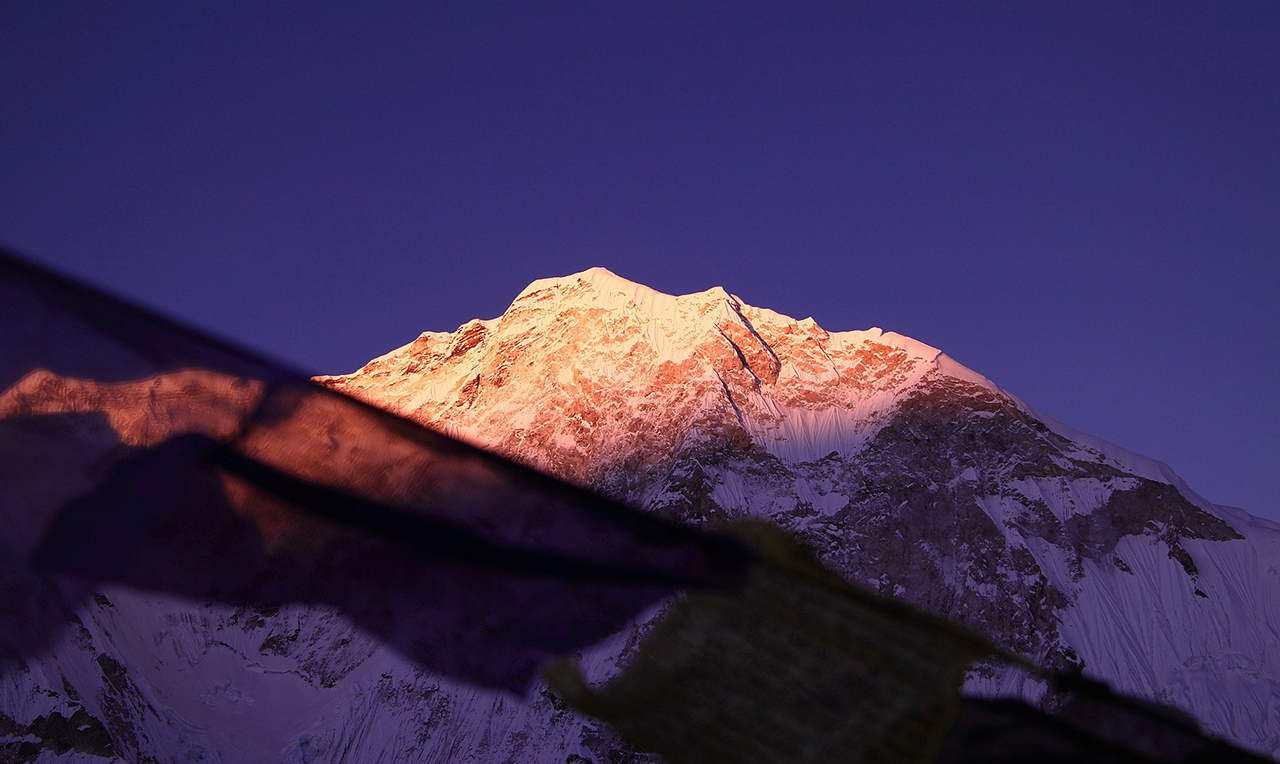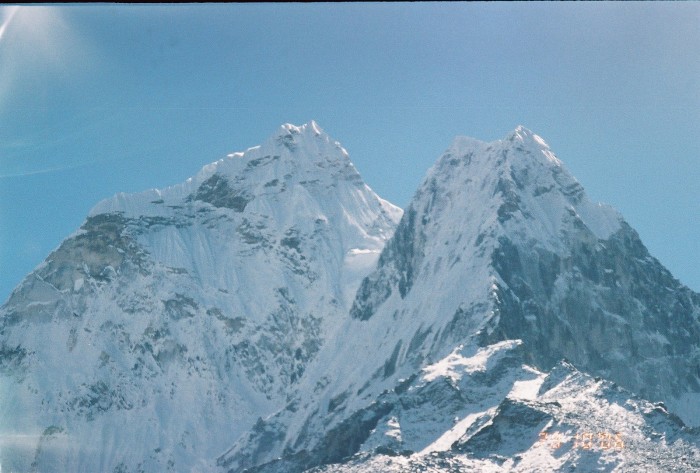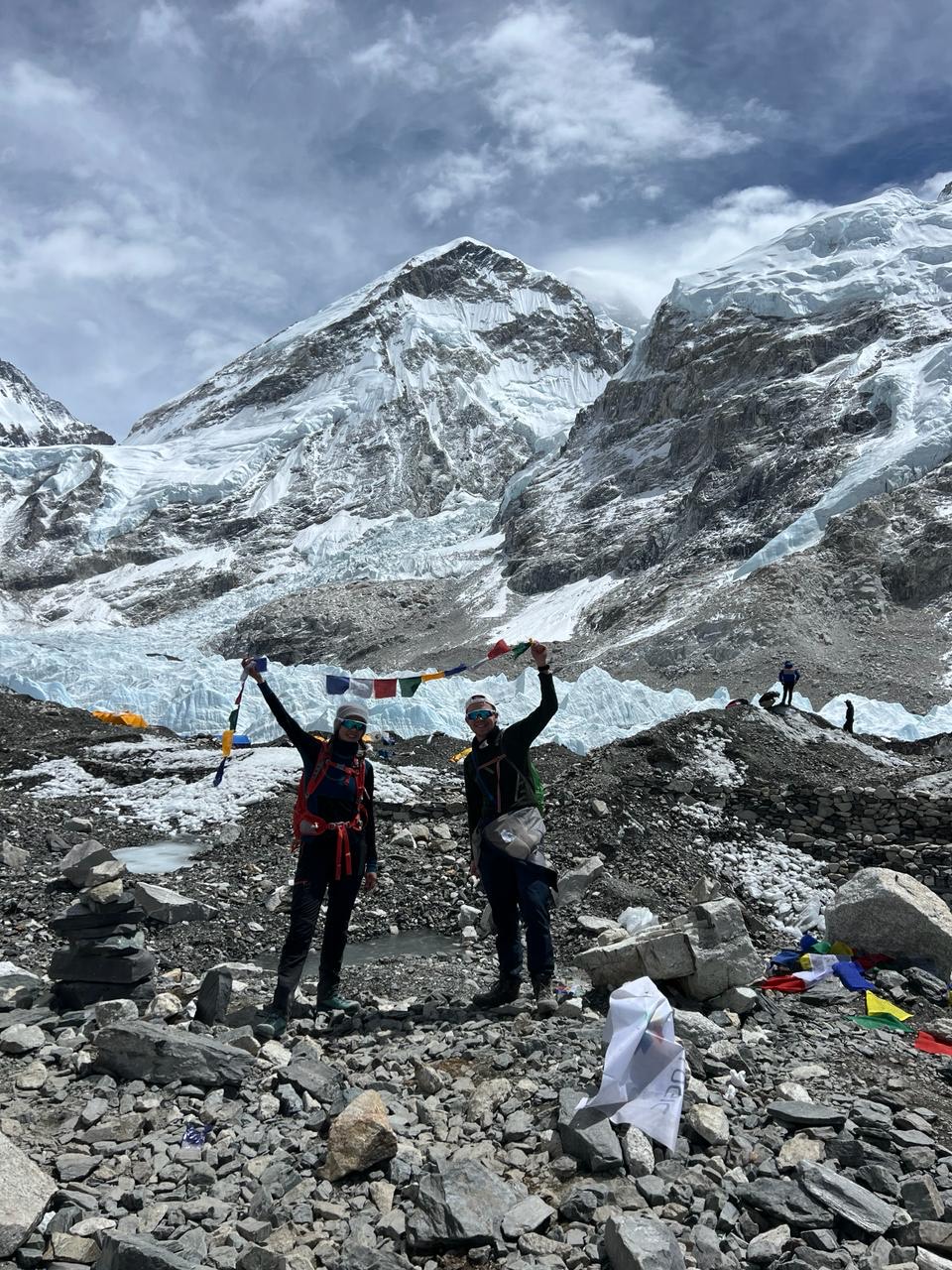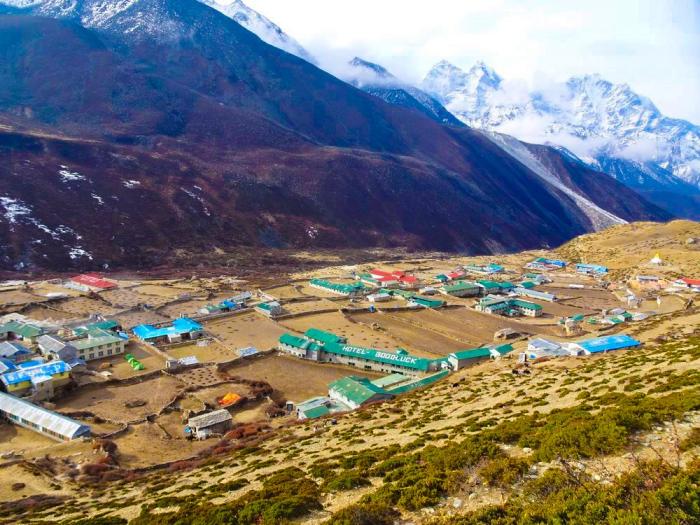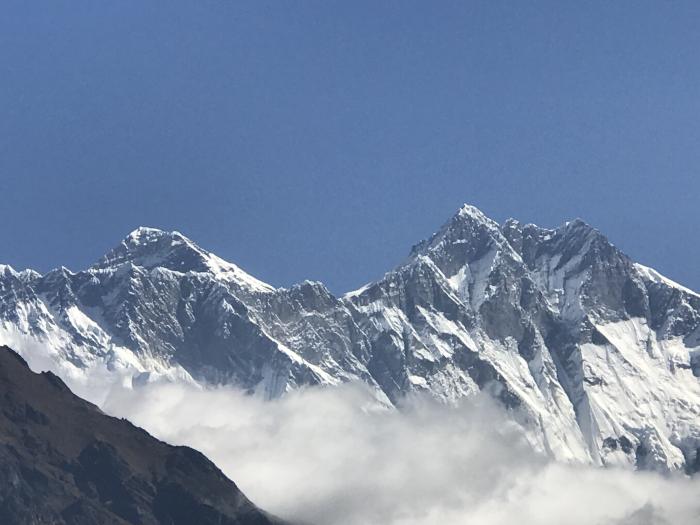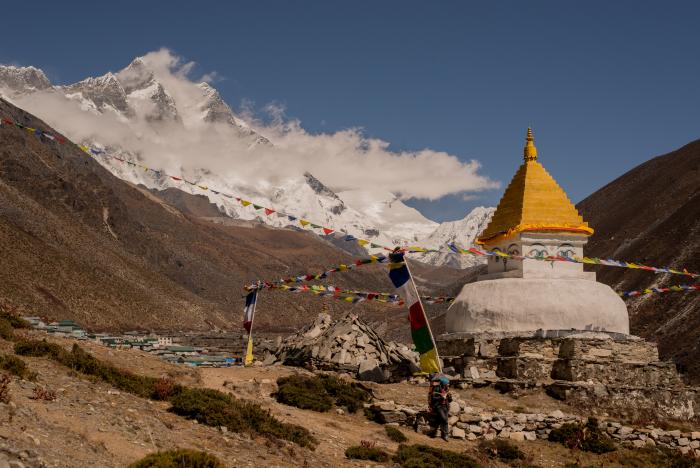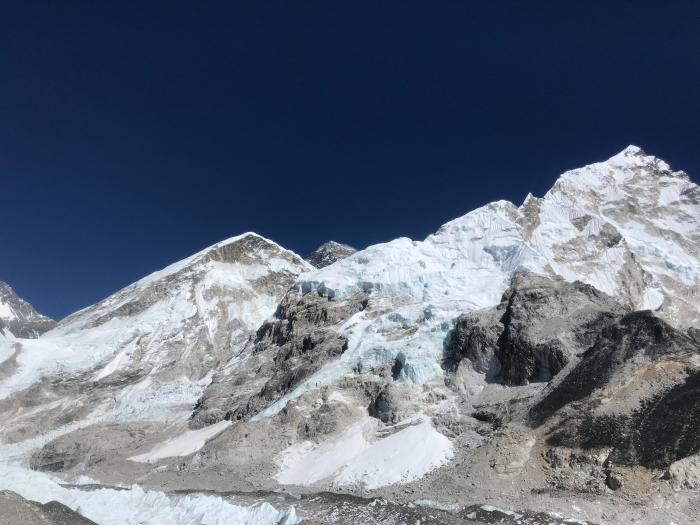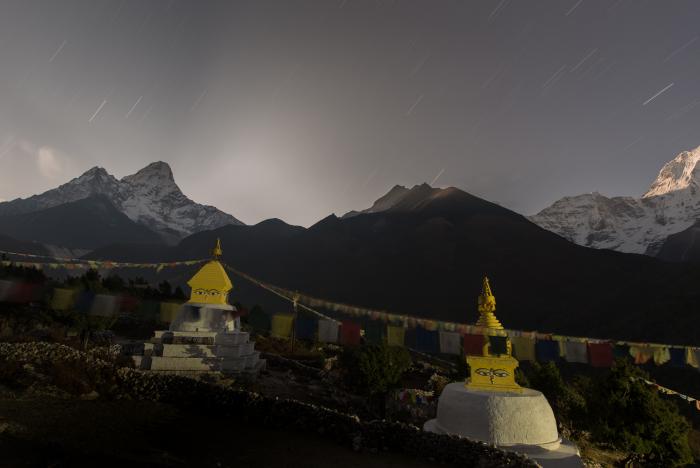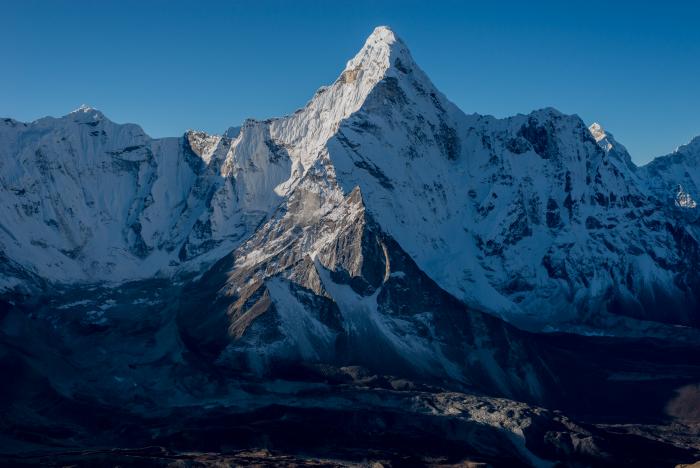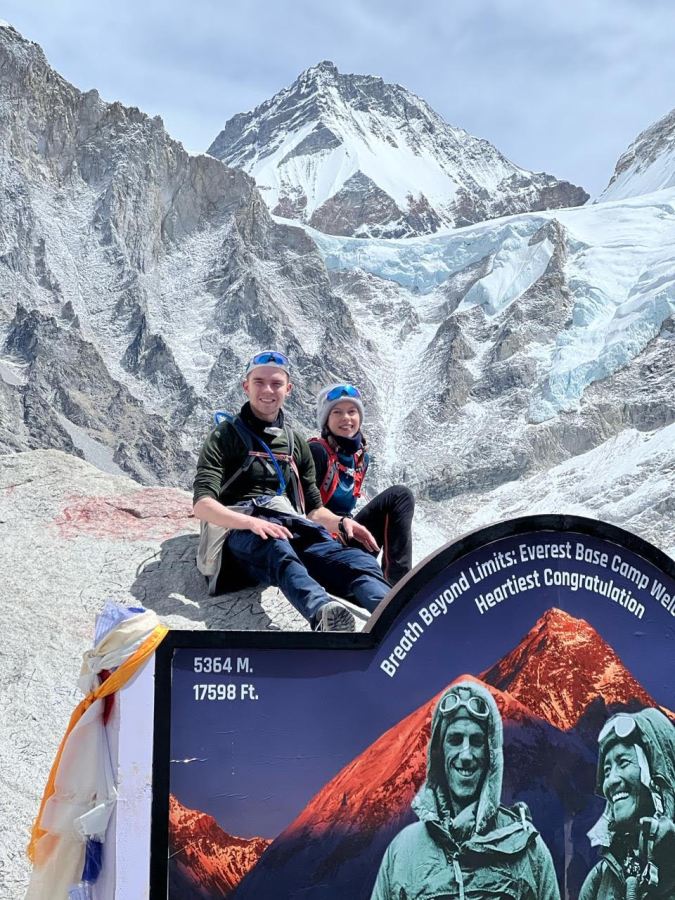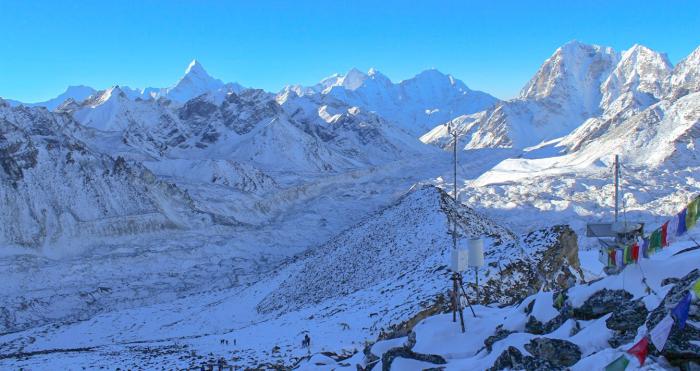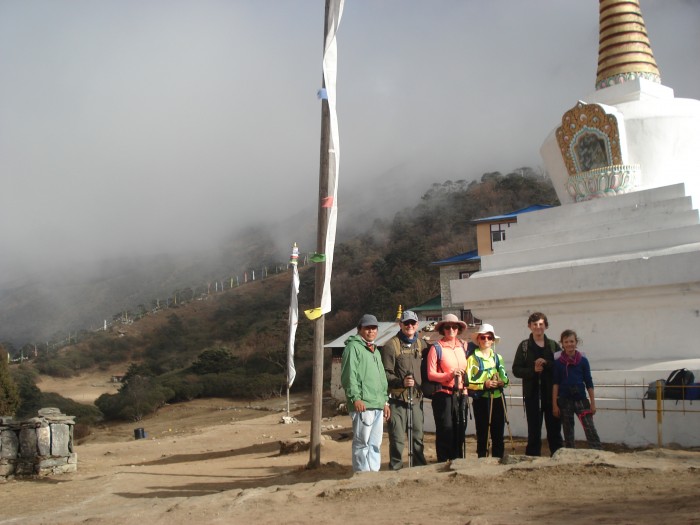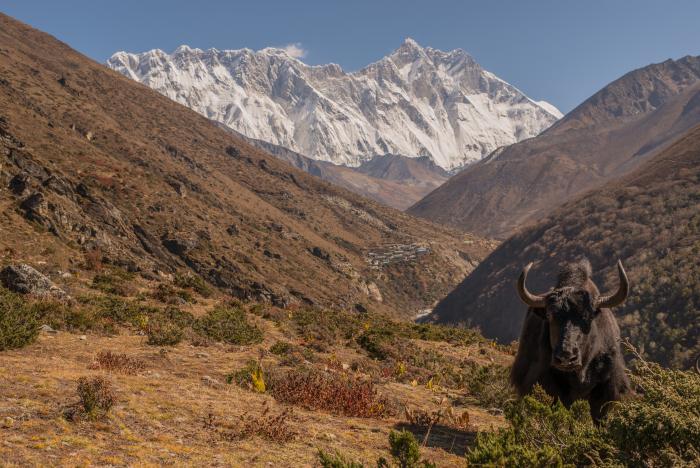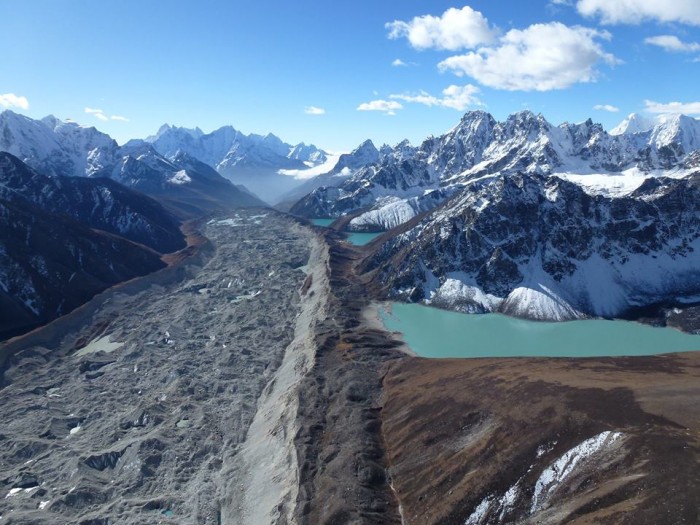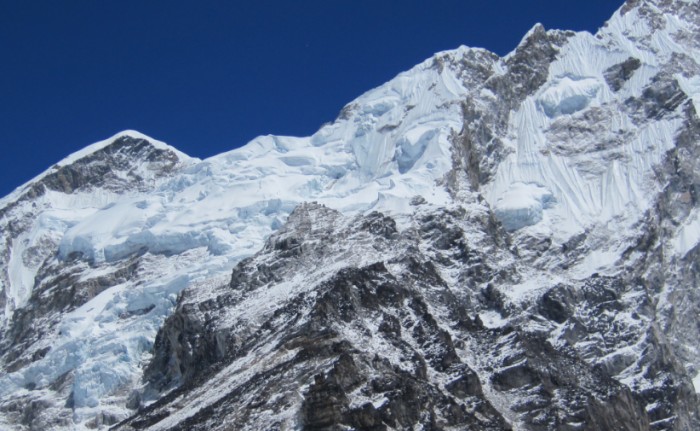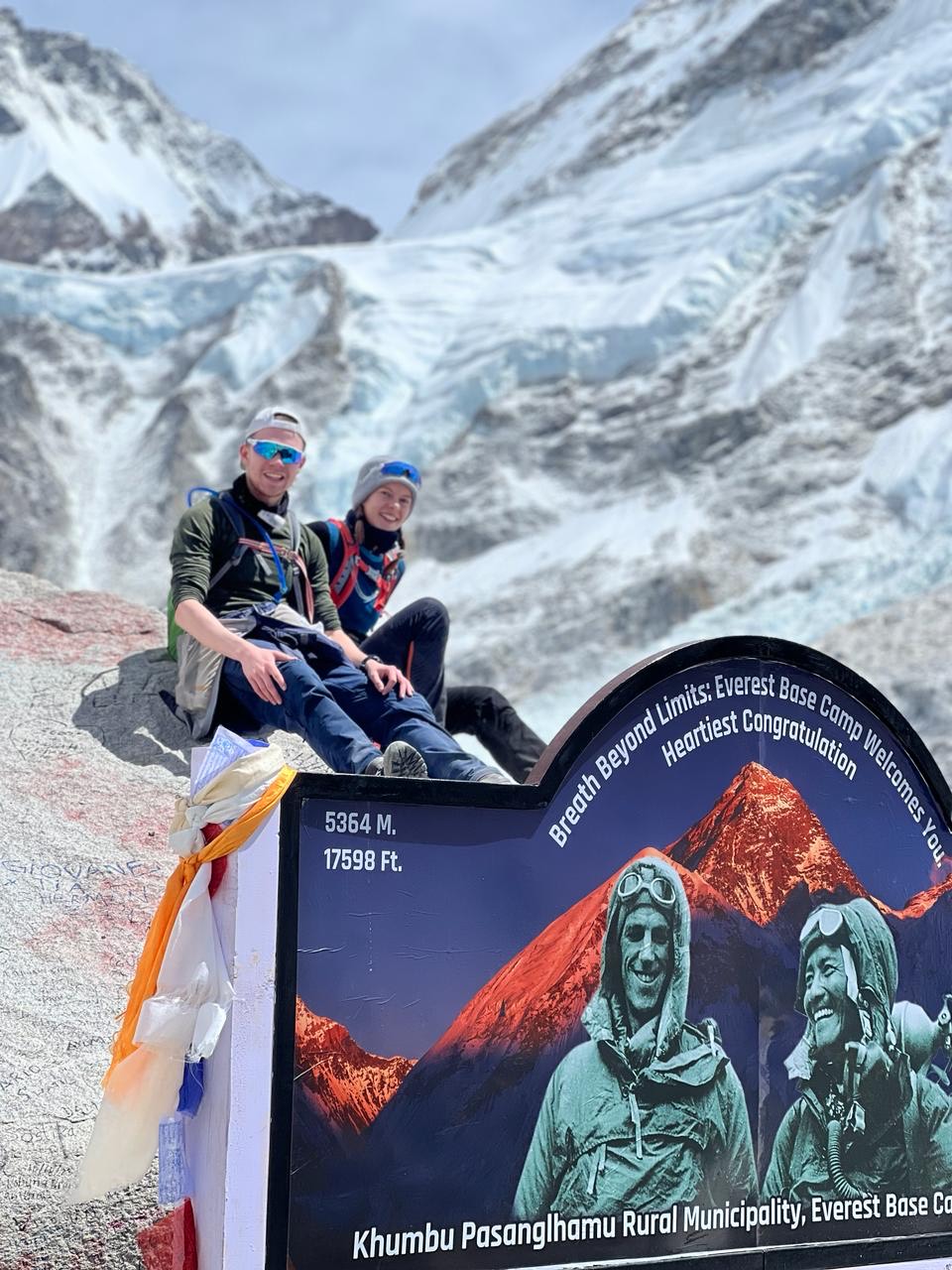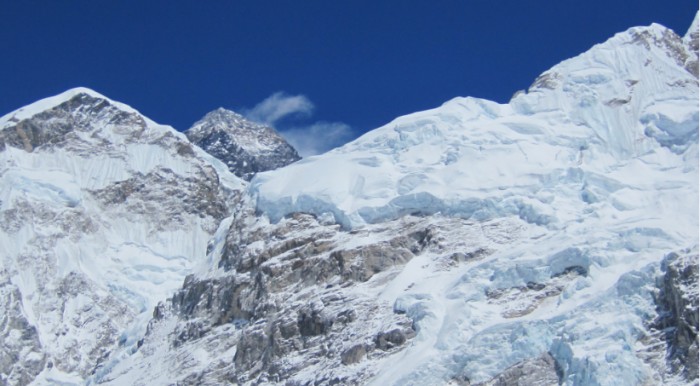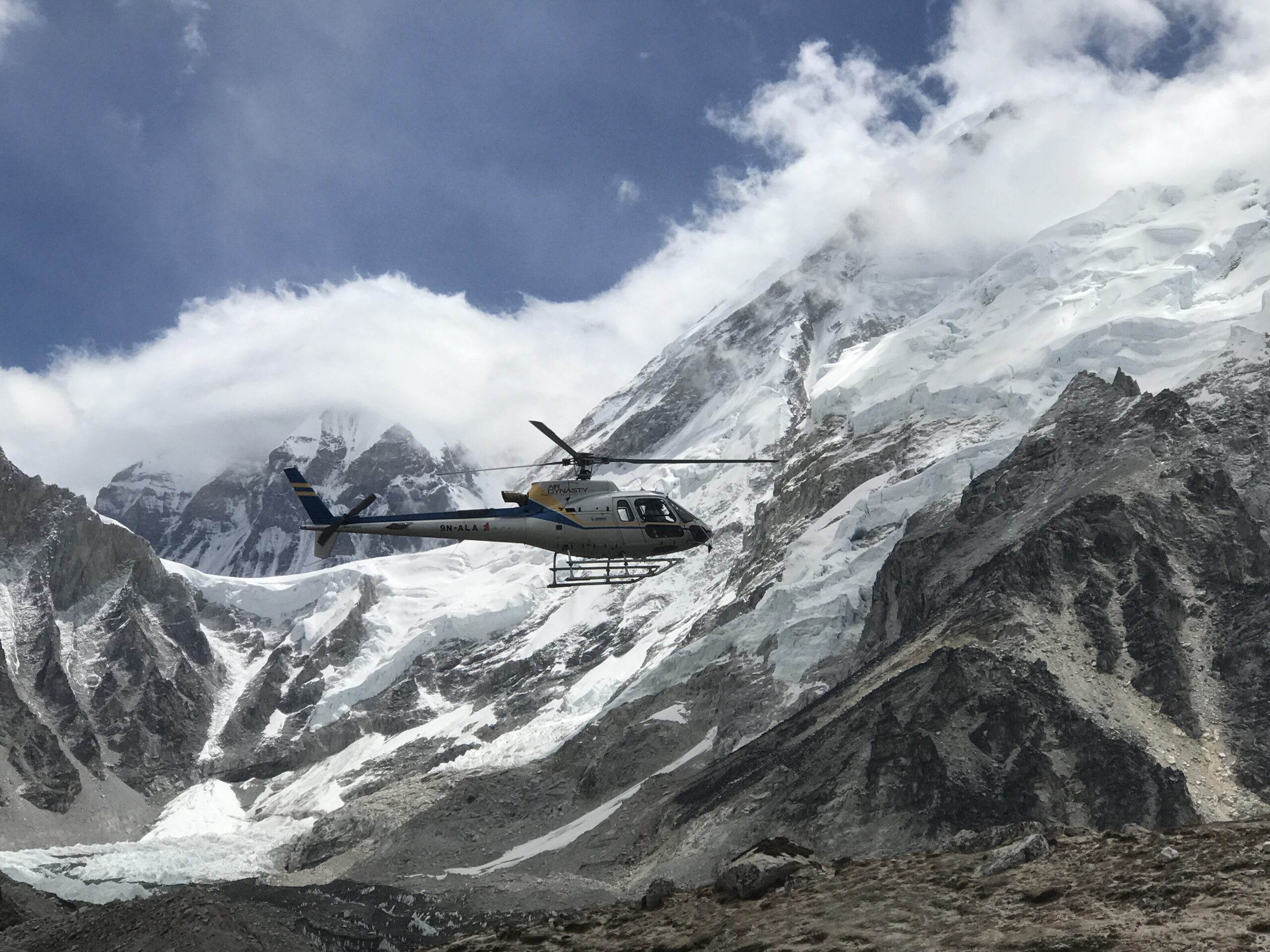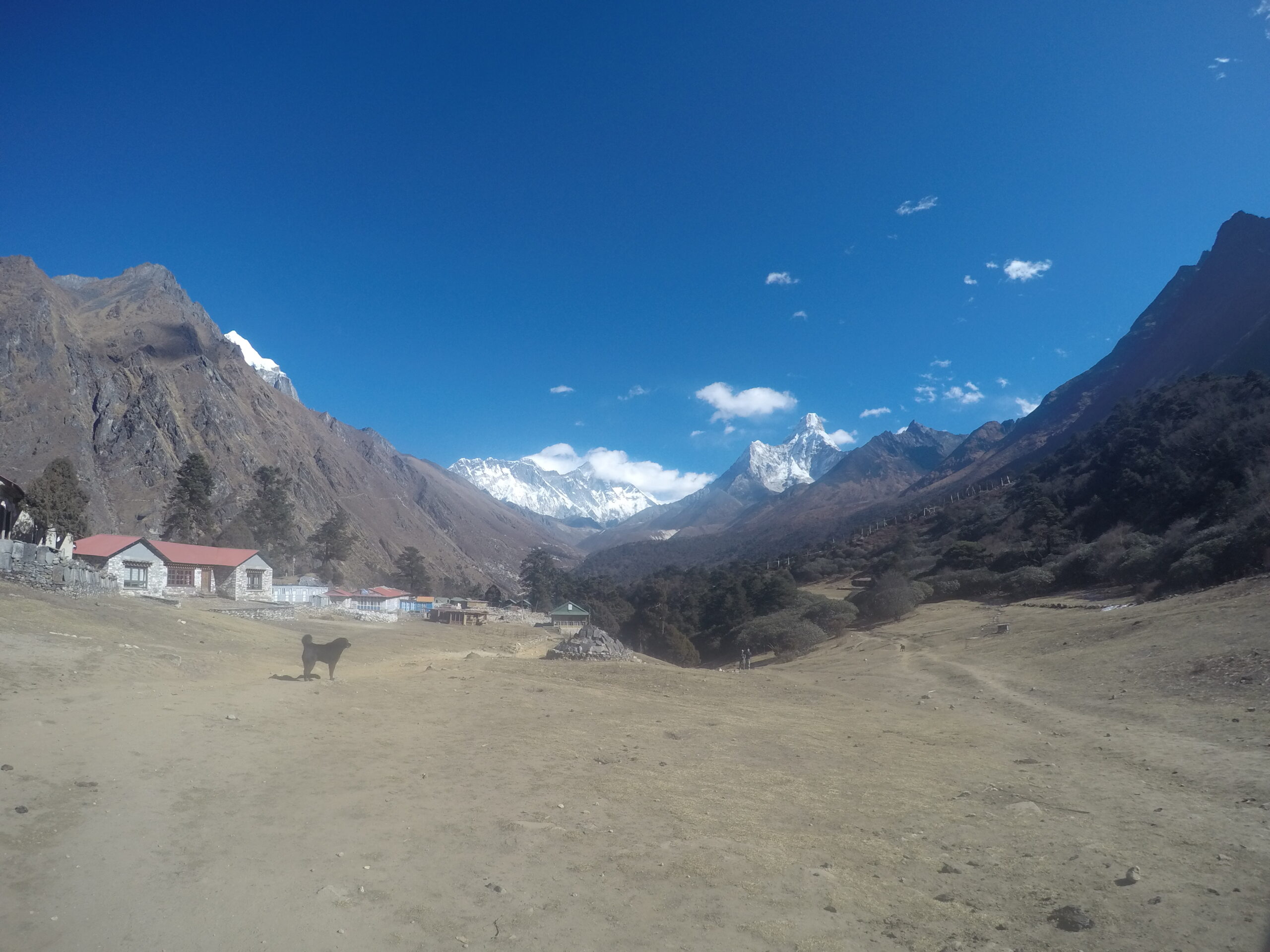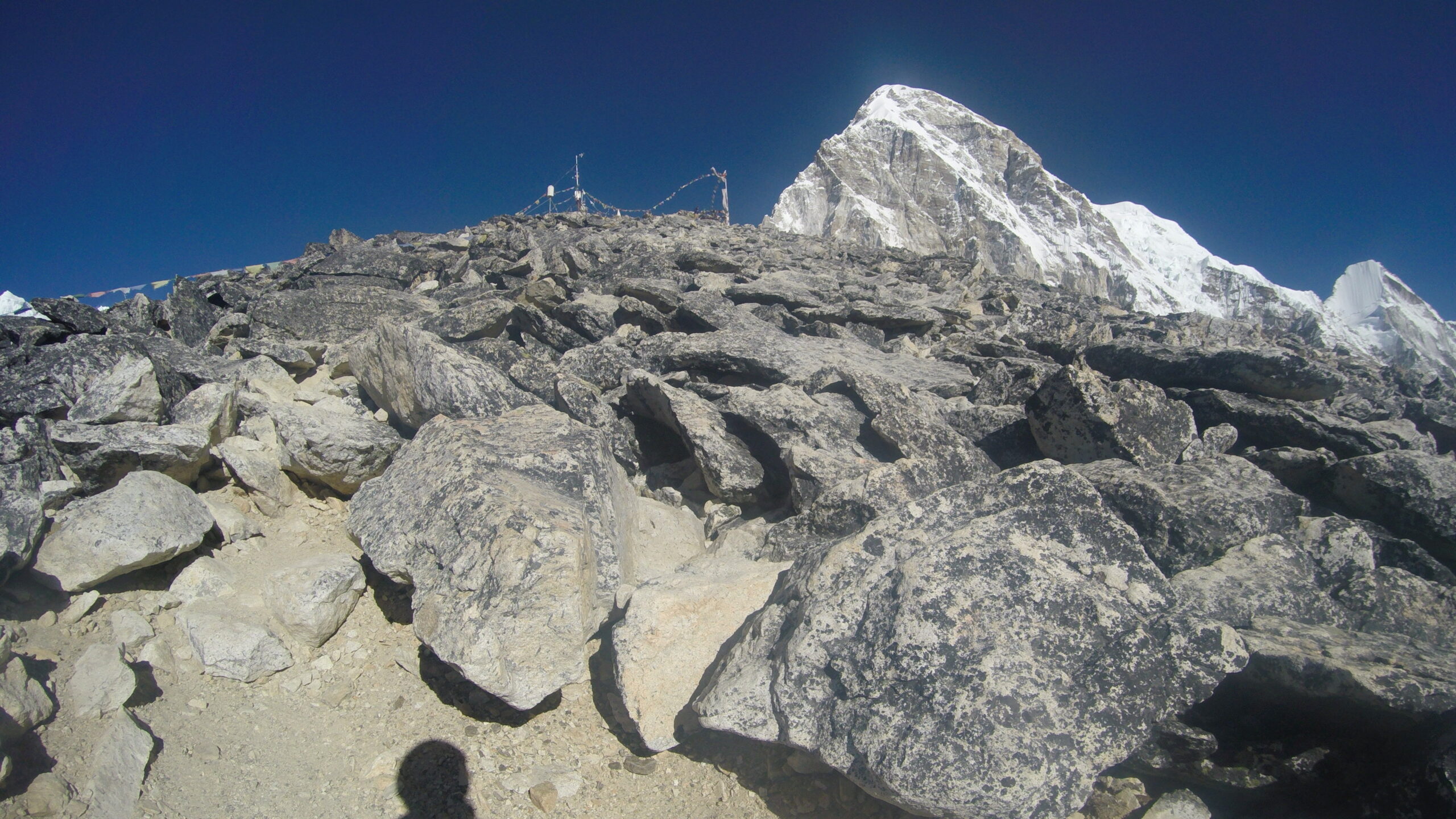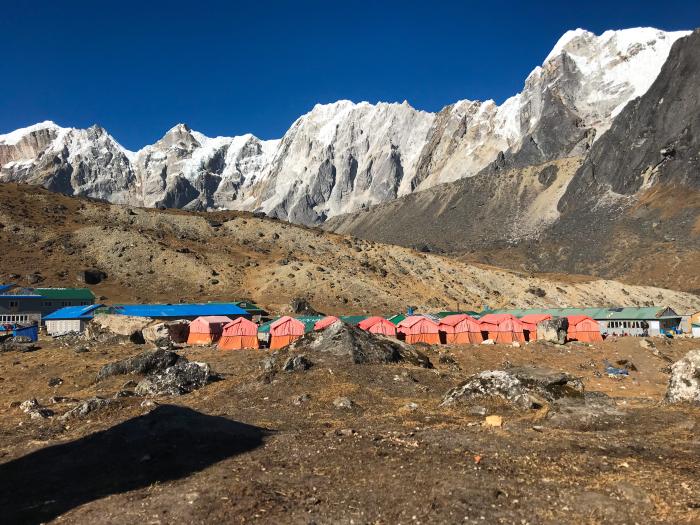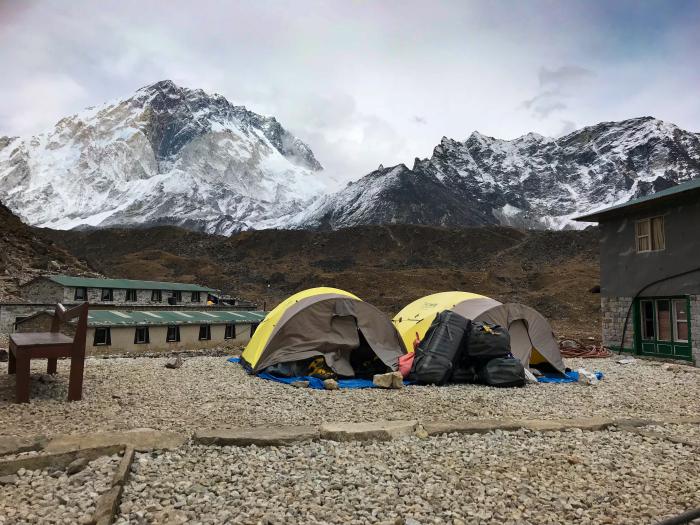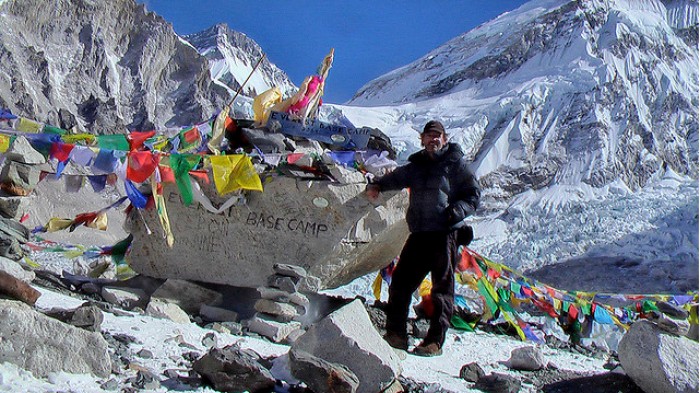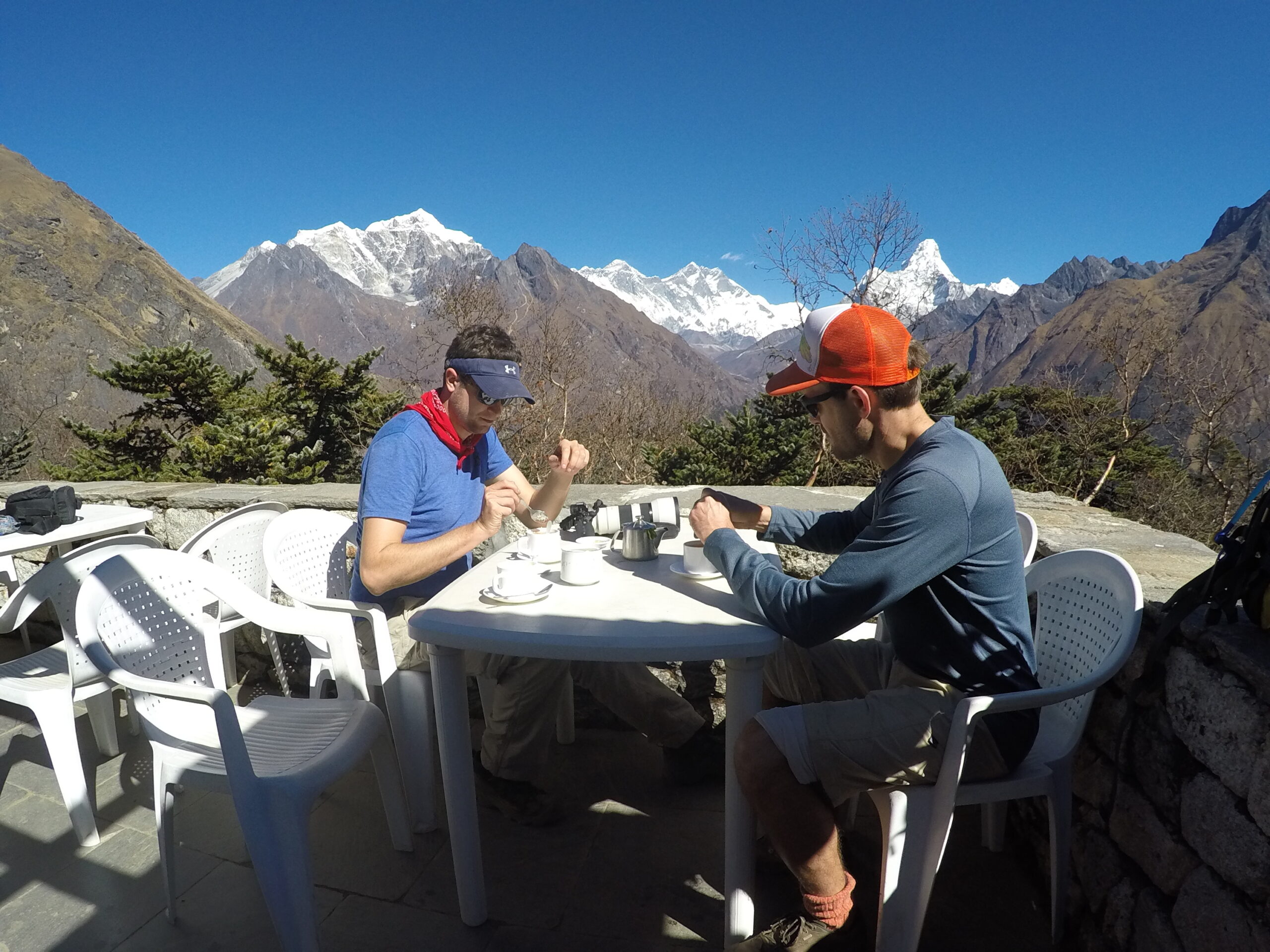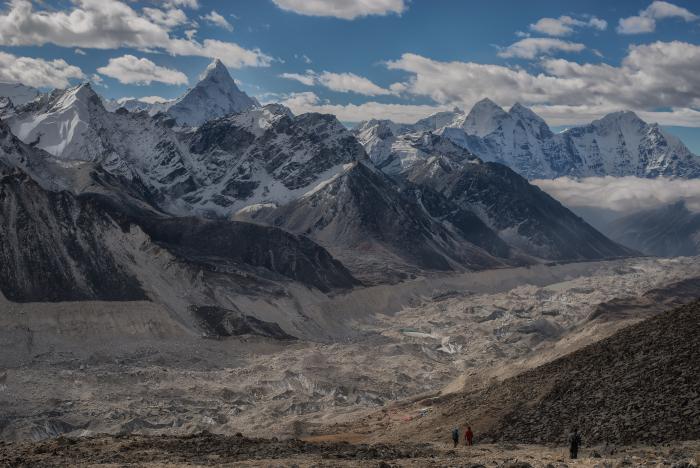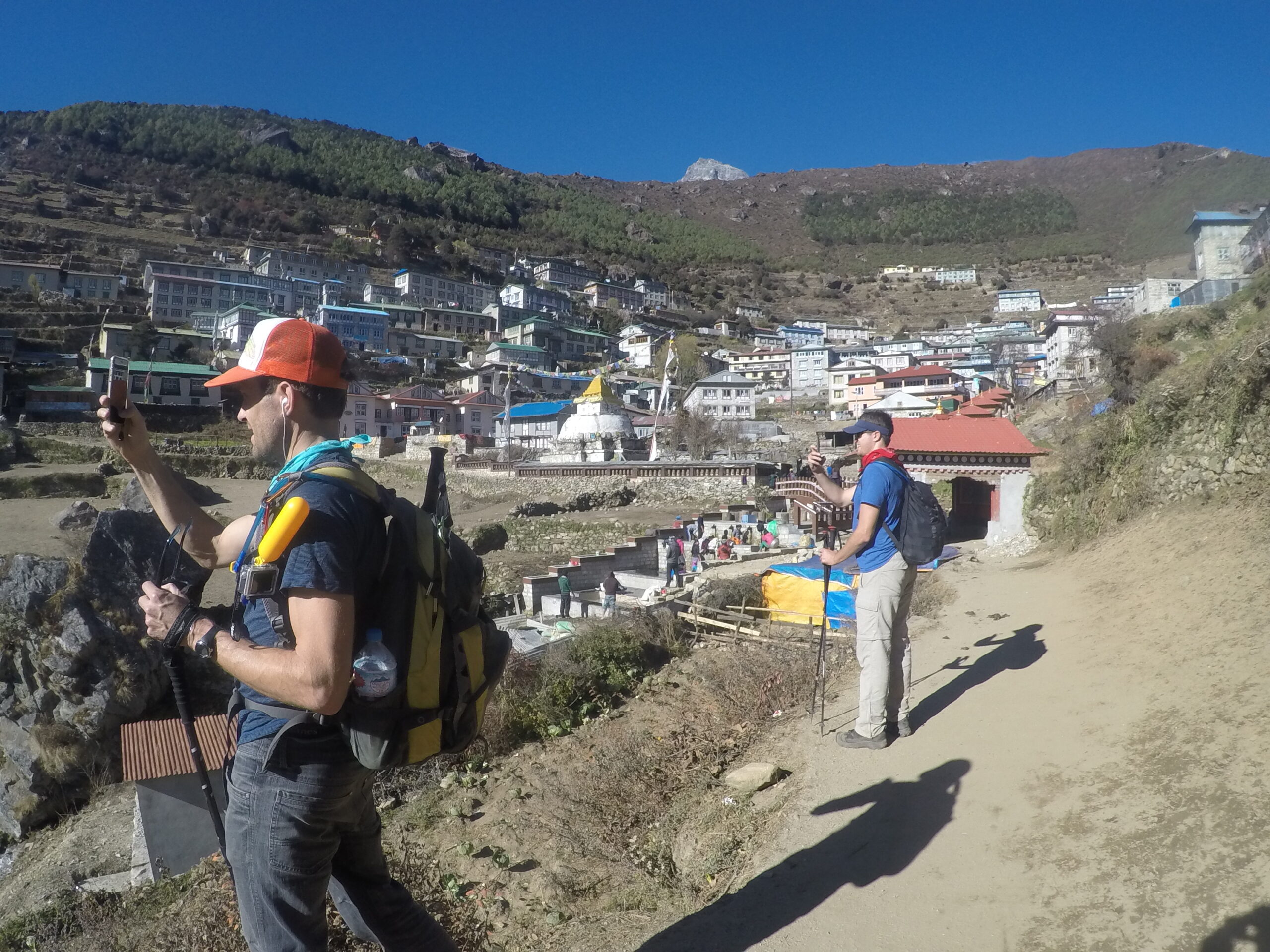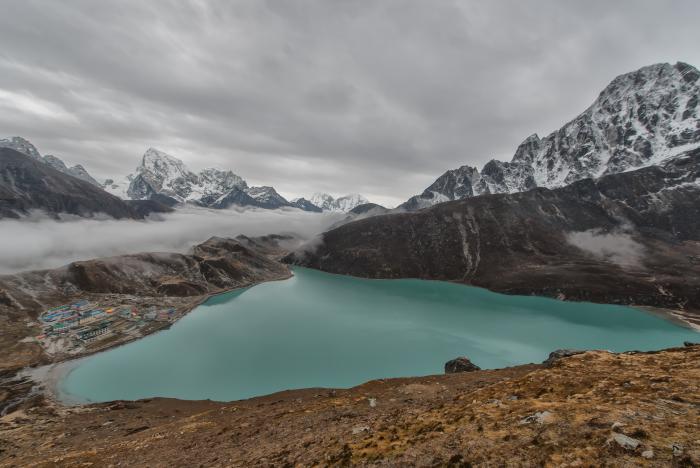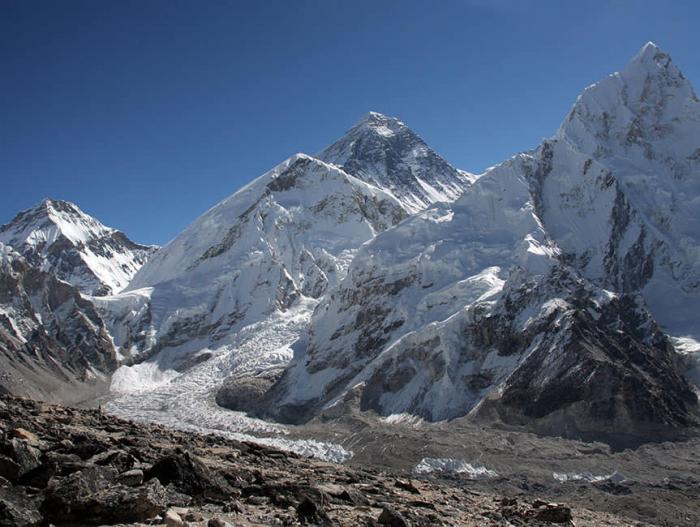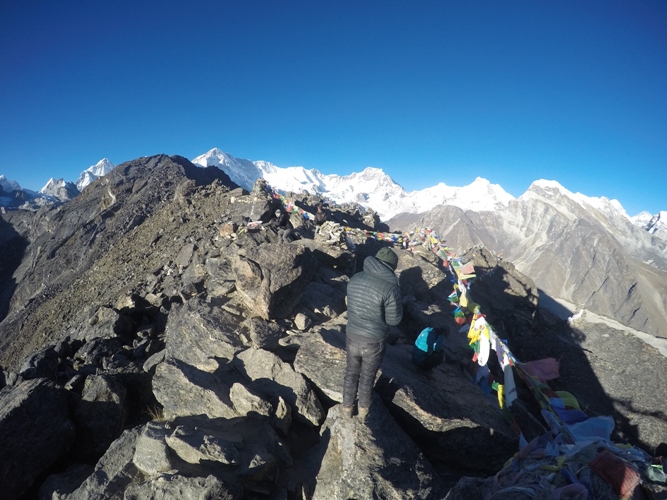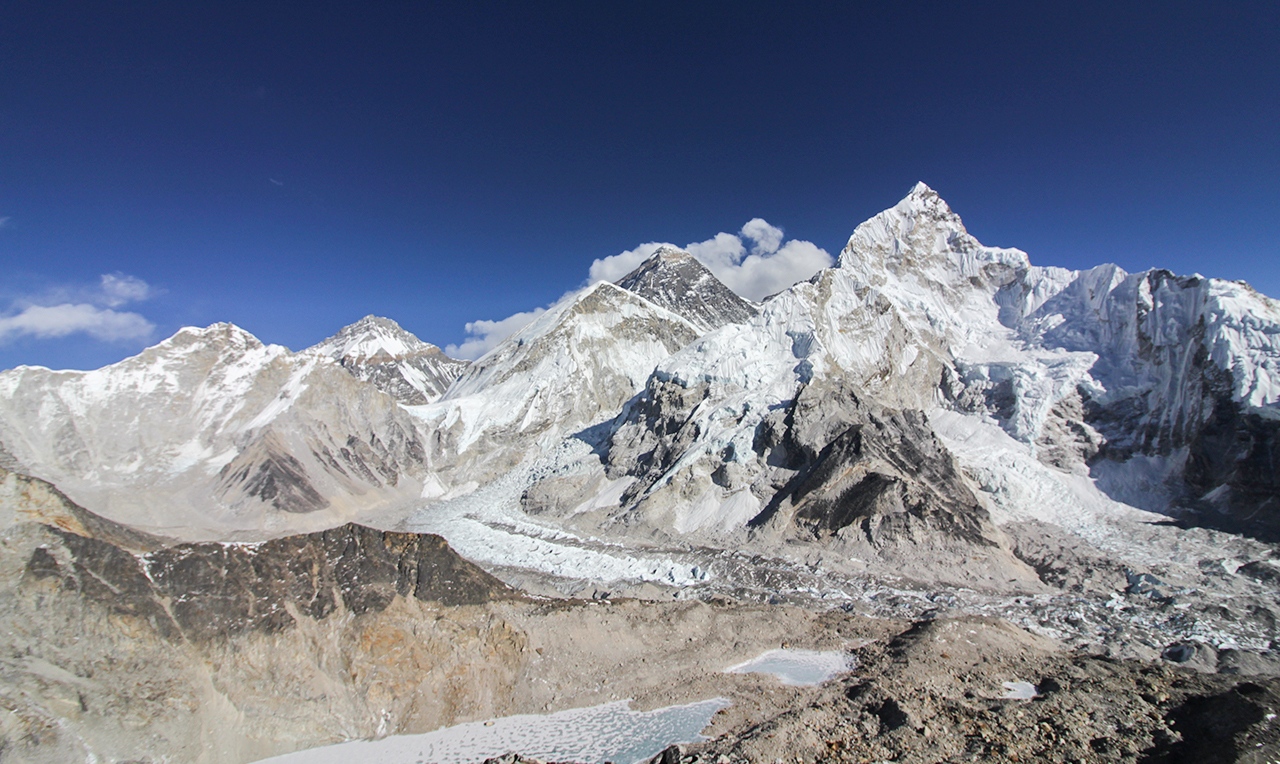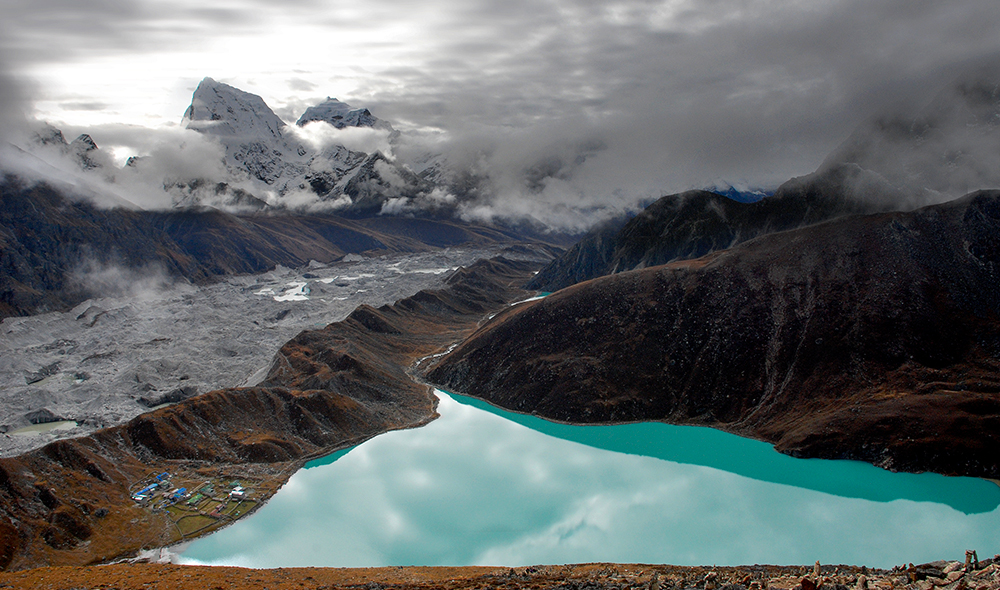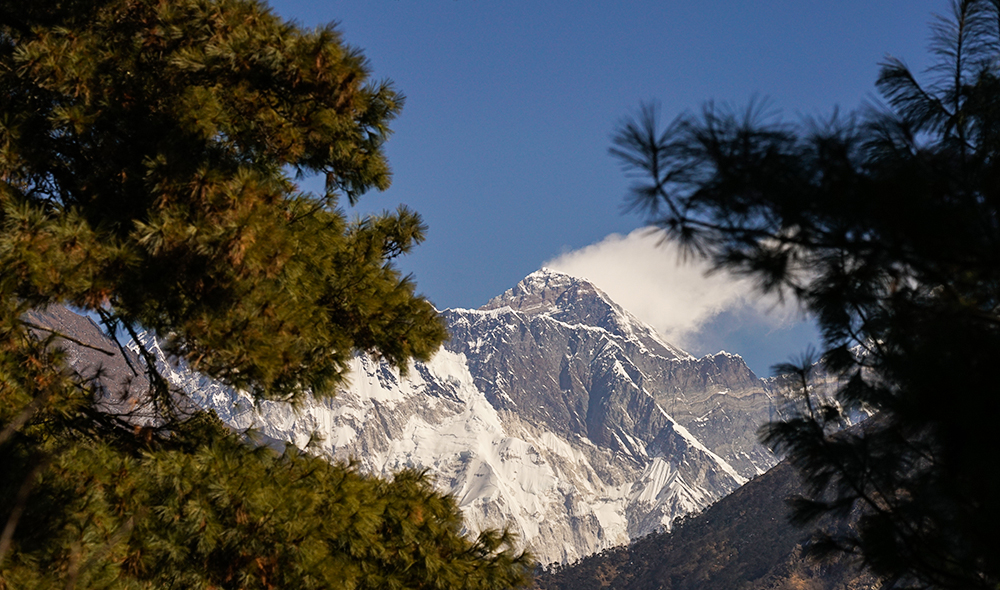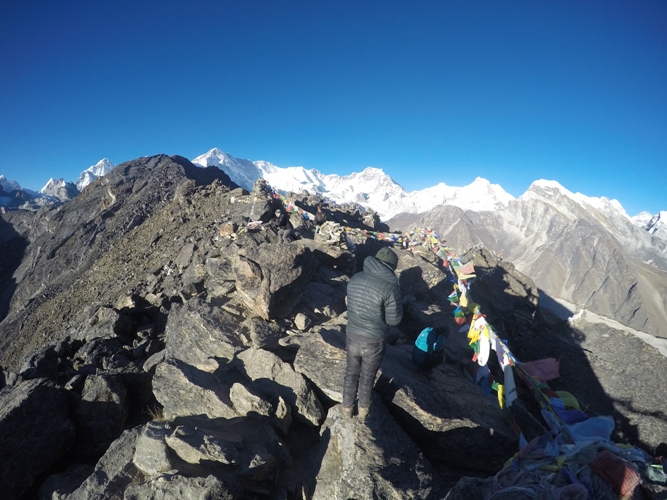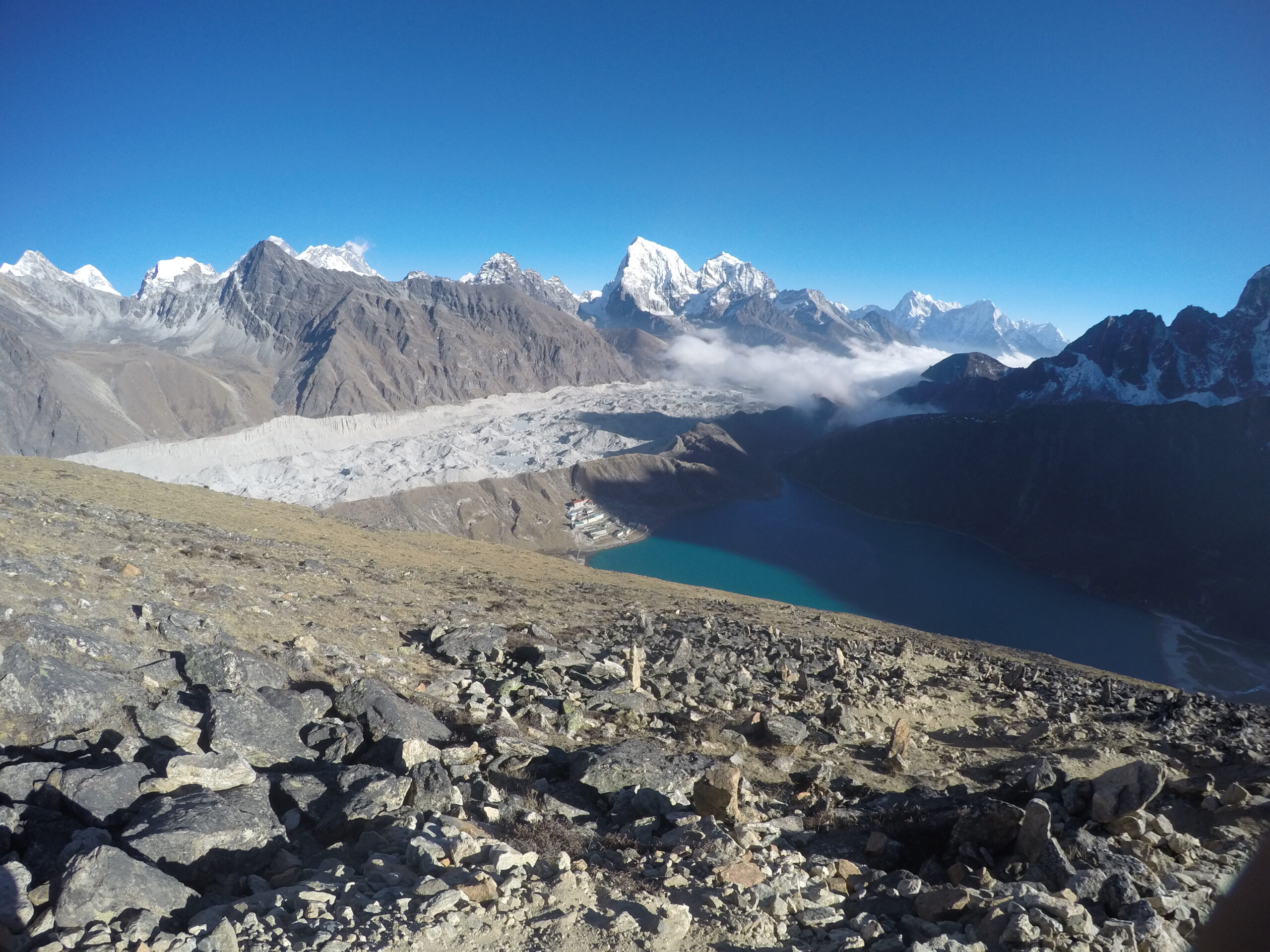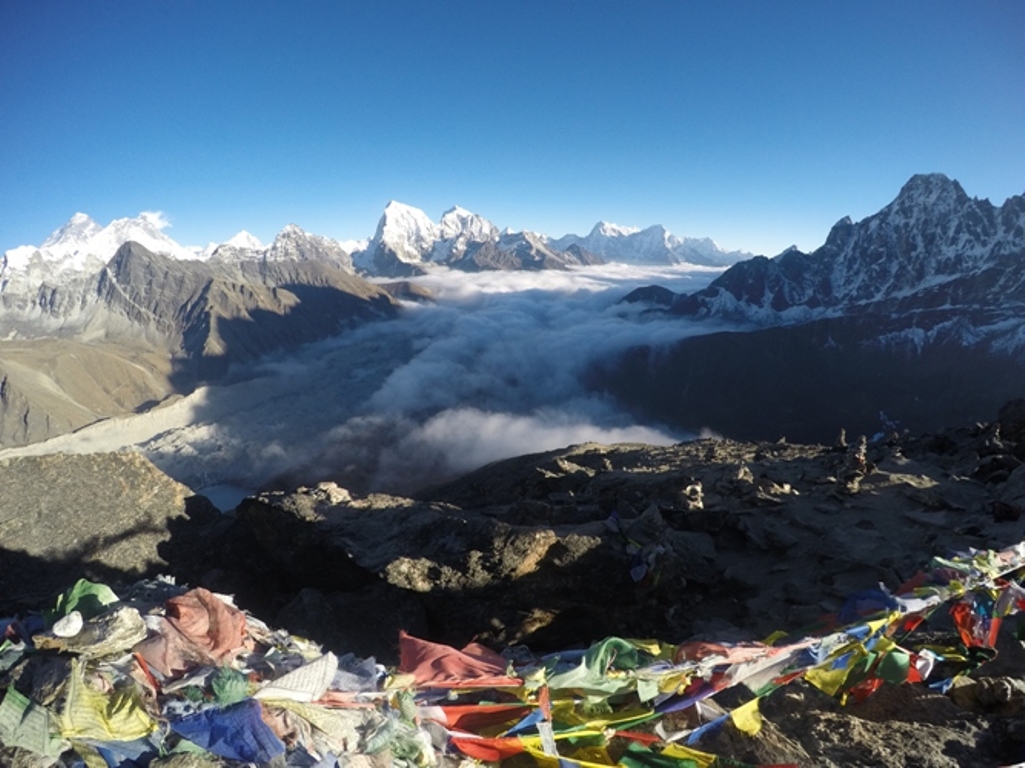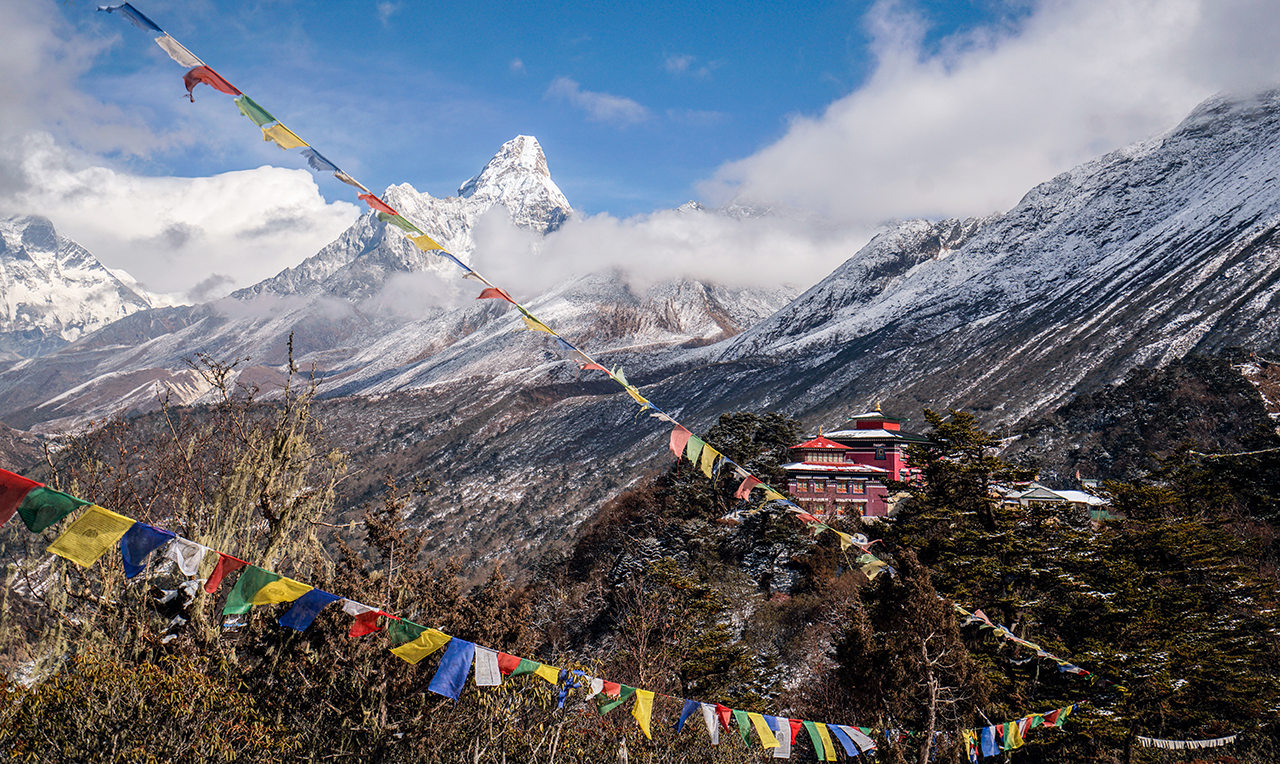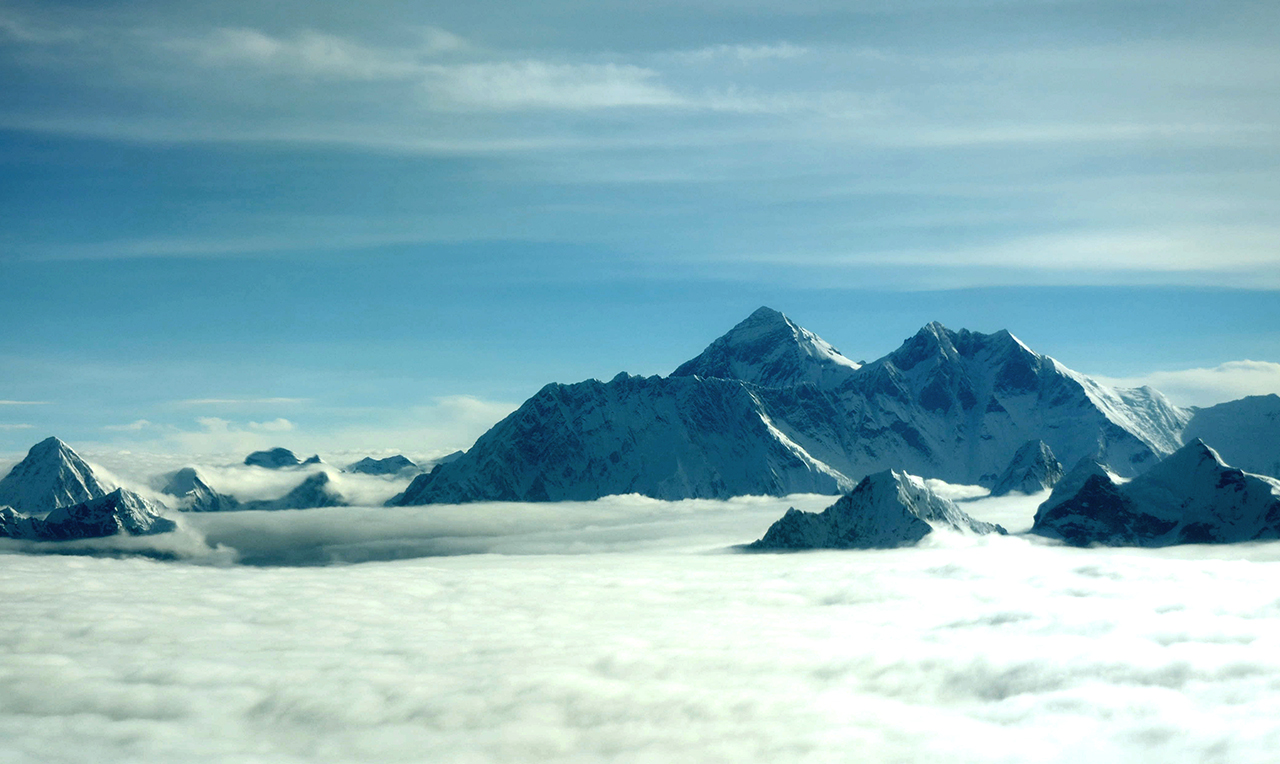
Everest Region Trekking
Mount Everest, the most famous and highest peak in the world with an 8848.86 m in altitude, is situated in the Mount Everest Region of Nepal. Throughout the globe, many trekkers dream to make a milestone trek to the highest point on earth with incredible views of dramatic glaciers, deep settlements, and several magnificent mountains. Trekking vs hiking in the Everest valley is by many also regarded as a cultural and spiritual Everest trek where travelers will get chances to encounter with legendary Sherpa villages and their unique sub-cultures. Apart from the Himalayan views, the Everest region tourism is also filled with residential Buddhists Lamas, monks, and nuns, where trekkers can feel spiritual vibes and explore century-old Gompas, as well as Monasteries.
The Everest area is also one of the best destinations for wild adventure lovers because it also offers the fascinating Sagarmatha National Park in the Khumbu region of Nepal with some of the rarest bio-diversity and the highest mountains. Sagarmatha National Park is a home place for some rare and endangered species such as; red panda, Himalayan black bear, snow leopard, musk deer, Himalayan wolves, and many more.
Resting in between Mt. Kanchenjunga and the Langtang National Park the world highest mountain, Mt. Everest has been the greatest attraction for those who prefer adventure and desire to challenge the high mountain ranges. In the Everest Region of Nepal, there are so many famous places to explore such as; Lukla, Namche Bazaar, Phakding, Jorsale, Syangboche, Pangboche, Tengboche, Pheriche, Lobuche, Gokyo Lake, Kongma La Pass, Gokyo Cho La Pass, Renjo La Pass, Kala Pattar and Everest Base Camp Trekking. The legendary trekking trail of the Everest is filled with nature such as; beautiful rhododendron forests, hidden Valleys, pristine rivers, wonderful landscapes, calm lakes and eye-catching waterfalls. The century-old gompas, monasteries, mani walls, temples and various ethnic villages, which will surely provide trekkers with a unique experience!
The trekking in the Everest region offers several famous routes for adventure lovers such as; the Kanchenjunga base camp trekking, Makalu base camp trek, Arun Valley Trek, Everest trekking packages, Rolwaling trek and the Gokyo trek. Besides striking mountain views, the Everest region treks is renowned for its inhabited ethnic (especially Sherpa) People’s generosity (as they are so friendly, welcoming, and hardworking) and humming activity, where travelers can explore these mountain people’s cultures, traditions, lifestyles, their beliefs and many more.
The Everest trekking is bonded with the world’s biggest desert-like glaciers, high thrilling trekking passes, conspicuous Himalayan scenery, century old monasteries and warm, hospitable Sherpa culture, the fascinating Sagarmatha National Park with numerous rare and endangered flora and fauna and many more. Trekkers will get chances to witness and enjoy with the astonishing views of Mt. Everest (8,848m), Nuptse (7,855m) Kangtenga (6,782 m), Mt. Amadablam (6,812 m), Mt. Makalu, Mt. Lhotse (8,516 m), Thamserku (6,623 m) Kwangde (6,011m), Kusum Khanguru (6,373 m) and the holy Mt. Khumbi-la (5,761 m).
The Everest region offers several trekking package that provide stunning views of the Himalayas, including Mount Everest. These routes vary in duration, difficulty, and attractions along the way.
It’s important to note that these trekking routes may have variations and side trips depending on your preferences and the itinerary provided by our local trekking agency. We provide a licensed holder guide and ensuring proper acclimatization is crucial for a safe and enjoyable trek in the Mount Everest region. Truly Trekkers Paradise!
Is Mount Everest trek difficult?
Trekking to Mount Everest Base Camp (EBC) is one of the most iconic and challenging treks in the world.
Here’s a detailed overview of why the Mount Everest trek is considered difficult:
High Altitude: The primary challenge of the Everest Base Camp trek packages is the high altitude. Starting from Lukla (2,860 meters or 9,383 feet) and reaching Everest Base Camp height (5,364 meters or 17,598 feet), trekkers ascend to significant elevations. Altitude sickness is a real concern, and symptoms such as headaches, nausea, fatigue, and shortness of breath can affect even the fittest individuals. Proper acclimatization and a slow ascent are crucial to minimize the risk of altitude-related illnesses.
Long Duration: The Everest Base Camp typically takes around 12 to 14 days, depending on the chosen route and itinerary. Trekking for such an extended period requires physical stamina and mental resilience. Trekkers should be prepared for daily walks of 5 to 8 hours over varied terrain, including uphill climbs and rocky paths.
Weather Conditions: The weather in the Everest region can be unpredictable and harsh, especially at higher elevations. Trekkers may encounter freezing temperatures, strong winds, and occasional snowfall, particularly during the winter and shoulder seasons. Proper clothing and gear are essential to withstand the cold and protect against inclement weather.
Rugged Terrain: The trek to Everest Base Camp involves traversing rugged terrain, including steep ascents and descents, rocky trails, and suspension bridges spanning deep gorges. Trekkers must navigate uneven paths and sometimes cross glacial moraines, which can be physically demanding and require careful footing.
Basic Facilities: While there are teahouses and lodges along the Everest Base Camp trail, the facilities are basic, especially at higher elevations. Accommodation may consist of simple tea houses with shared rooms and limited amenities such as shared bathrooms and cold showers. Trekkers should be prepared for rustic living conditions and bring essential supplies, including snacks, water purification tablets, and personal hygiene items.
Remote Location: The Everest Base Camp trek takes place in a remote and isolated region of Nepal, far from major towns and cities. Medical facilities are limited along the trail, and evacuation in case of emergencies can be challenging and expensive. Trekkers should carry a first-aid kit and any necessary medications and consider purchasing travel insurance that covers high-altitude trekking.
Despite its challenges, trekking to Everest Base Camp offers unparalleled mountain vistas, unique cultural experiences, and a sense of achievement for those who undertake the journey. With proper preparation, training, and a spirit of adventure, the Everest Base Camp treks can be an unforgettable and rewarding adventure.
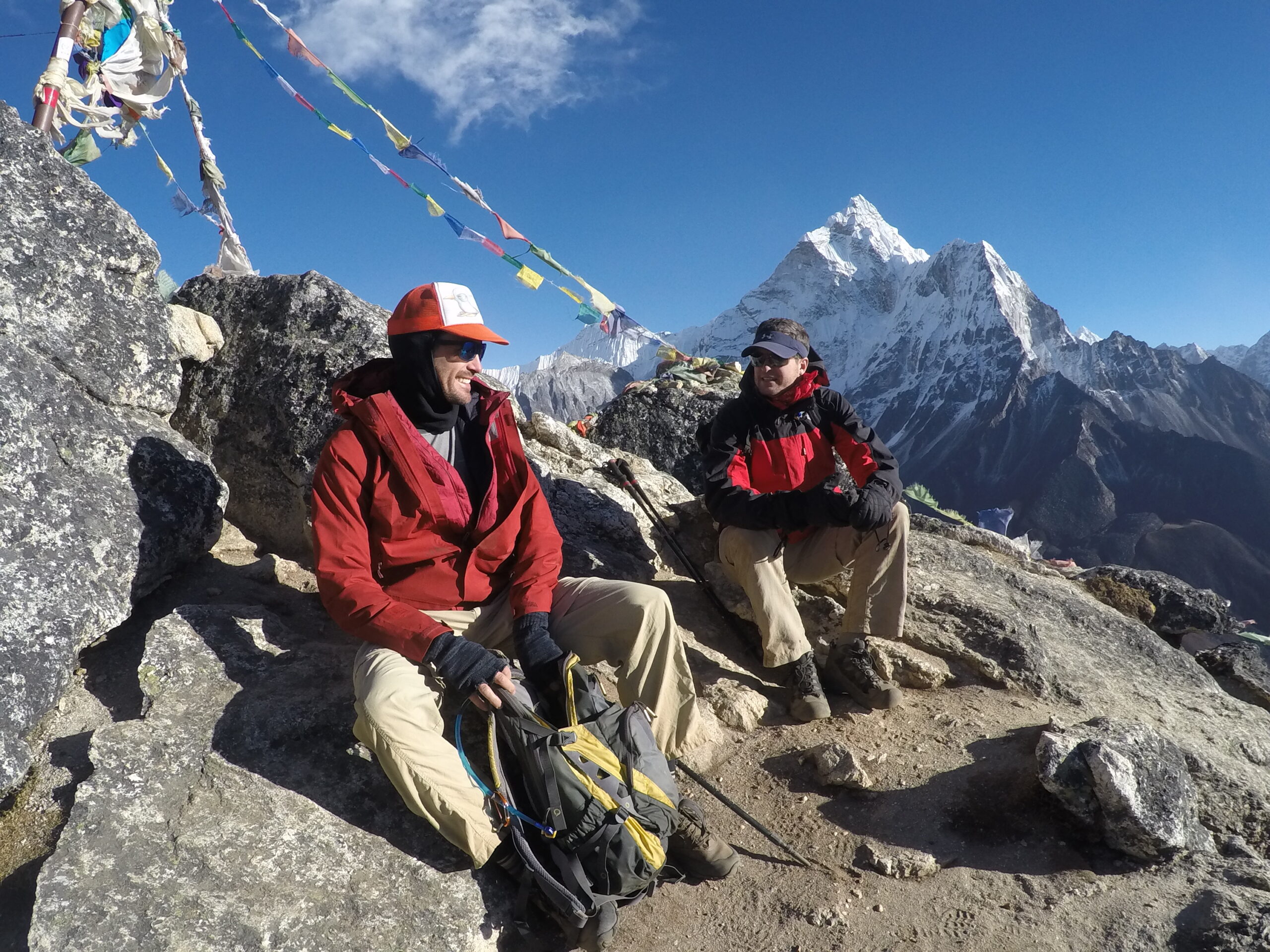
Nagarjuna and Kongma La Pass to Everest Base Camp Trekking
14 Days | 13 Nights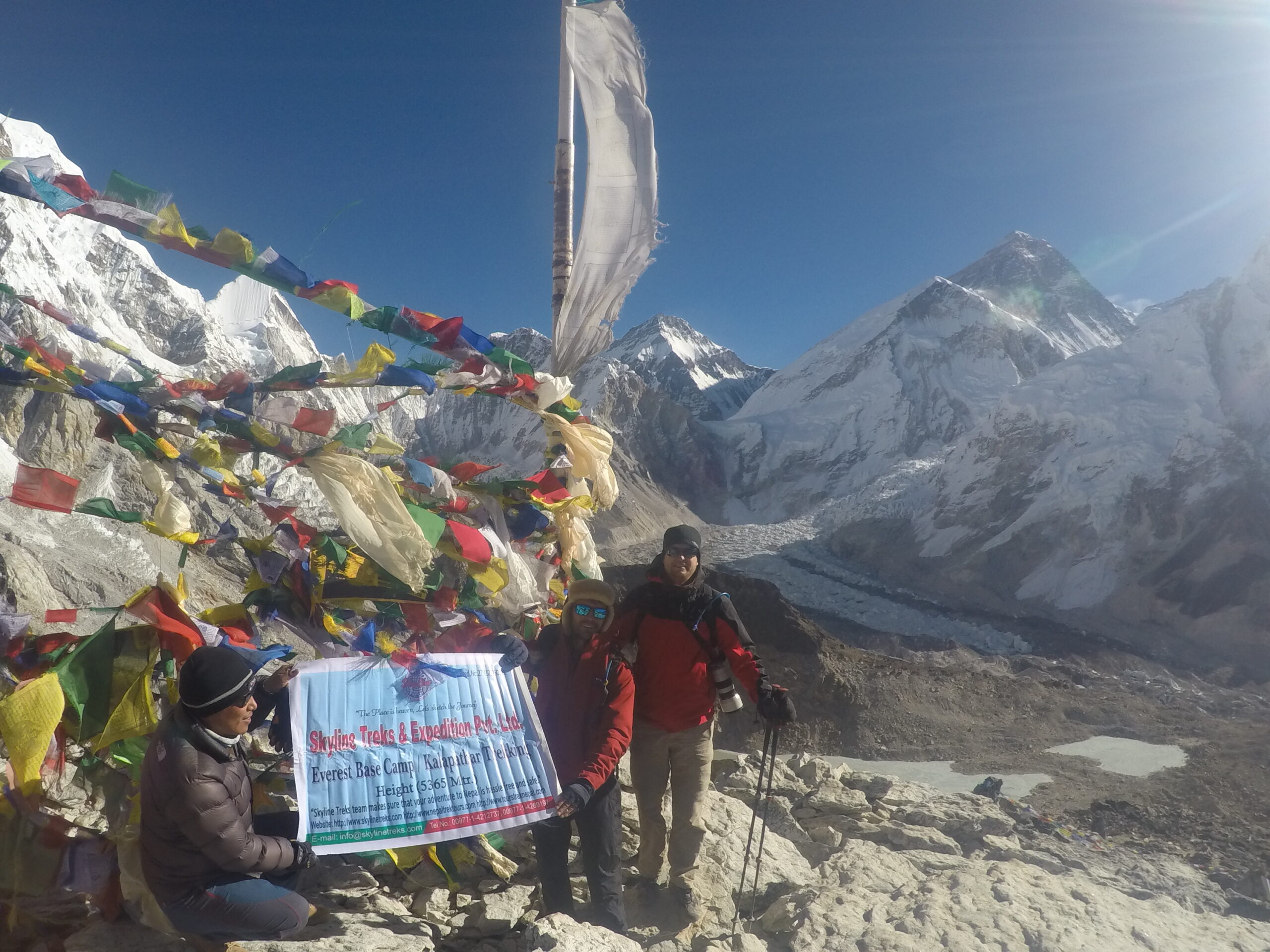
Jiri to Everest Base Camp Trek: 18 Days Itinerary, Map & Cost
18 Days | 17 Nights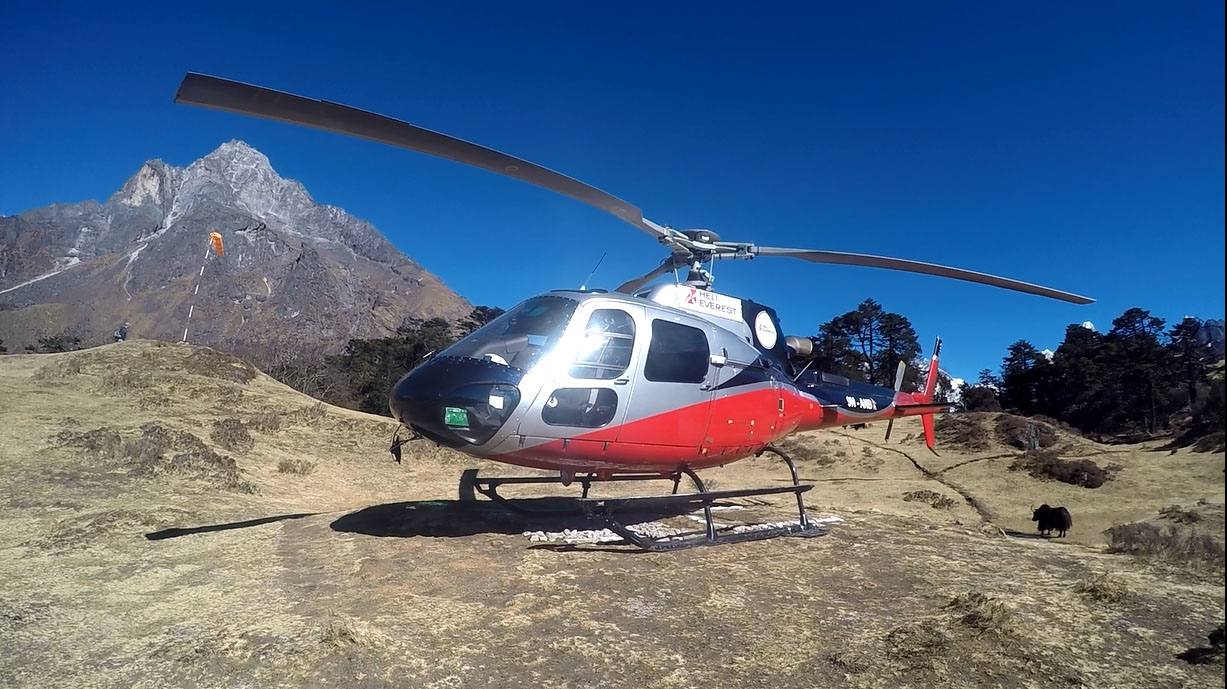
Everest Base Camp trek with helicopter return cost & Itinerary
9 Days | 8 Nights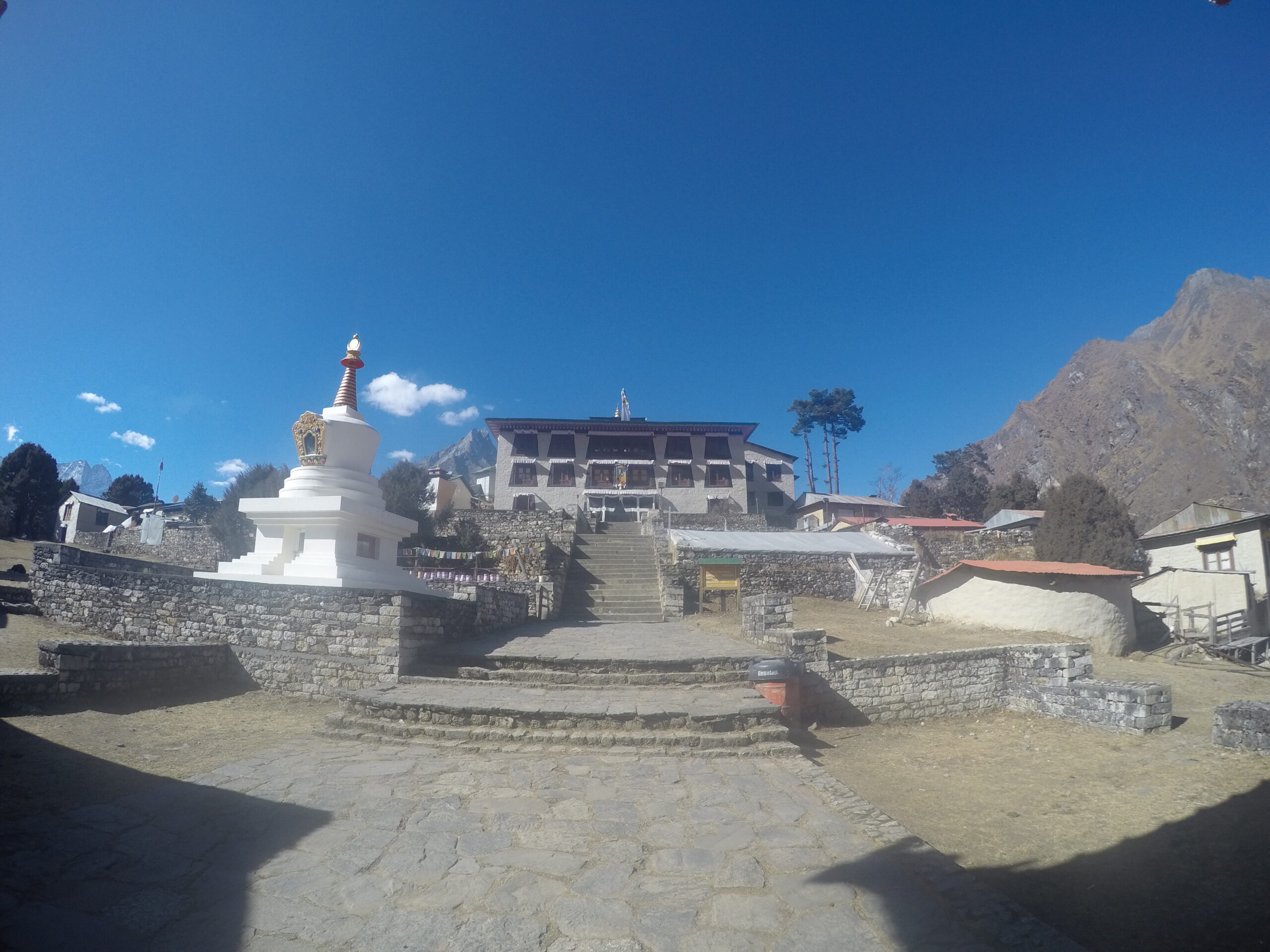
Everest Monastery Trekking – 10 Days
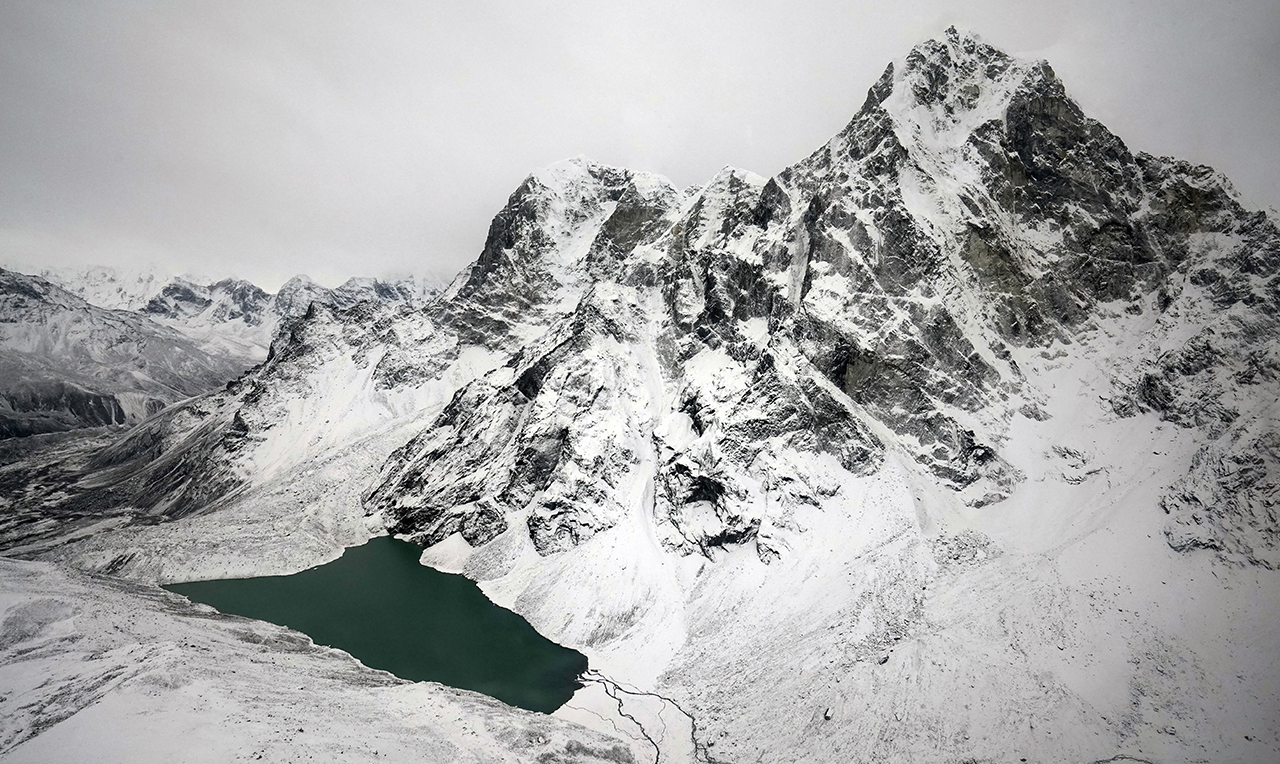
Everest Gokyo Cho La Pass Trek 15 Days: EBC – Chola – Gokyo Lake Trek
15 Days | 14 Nights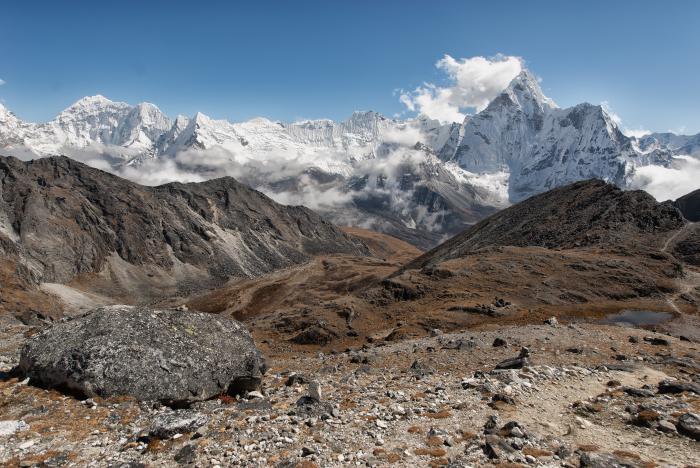
Everest Rolwaling Trekking from Kathmandu, Itinerary & Cost
19 Days | 18 Nights